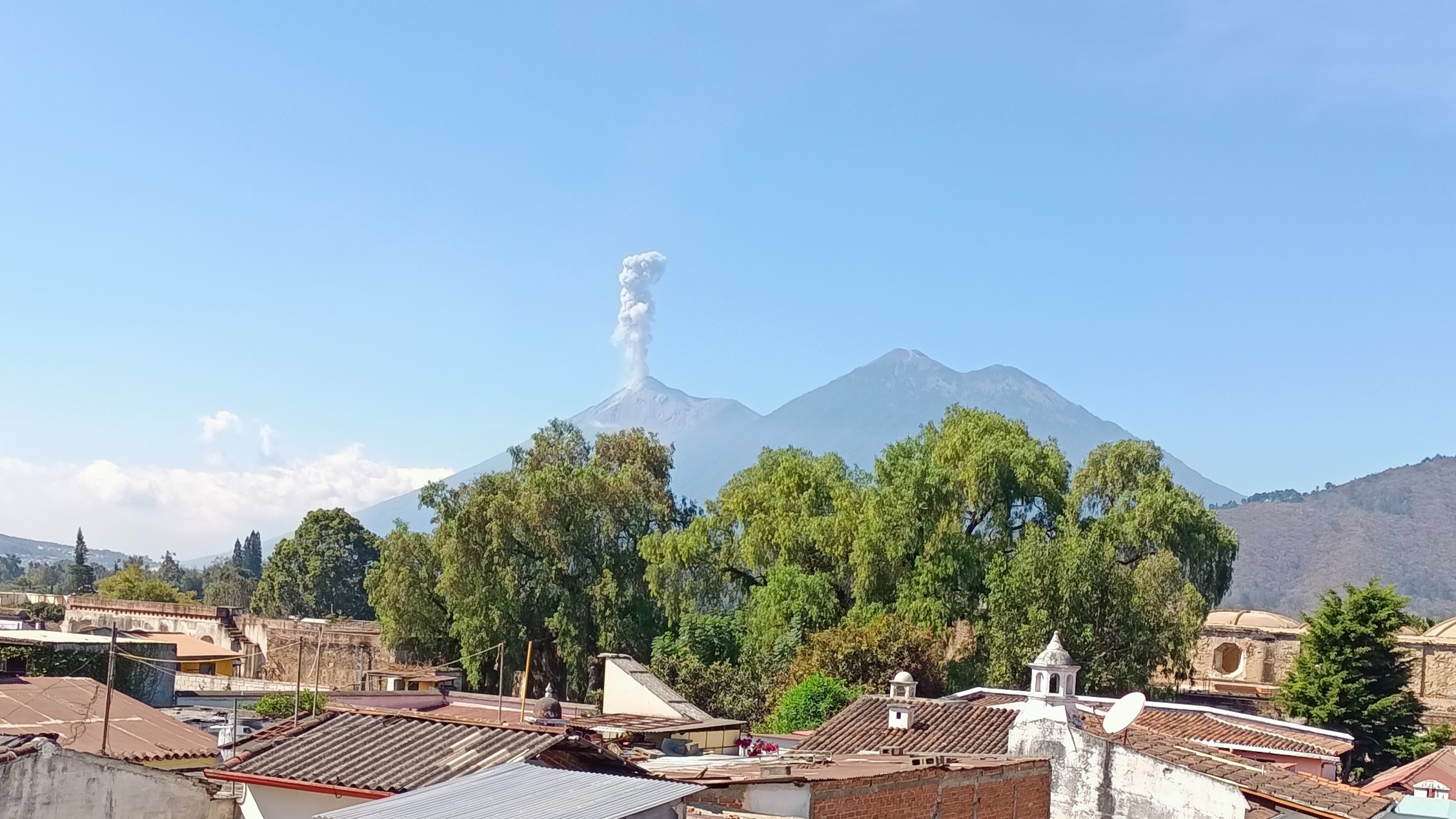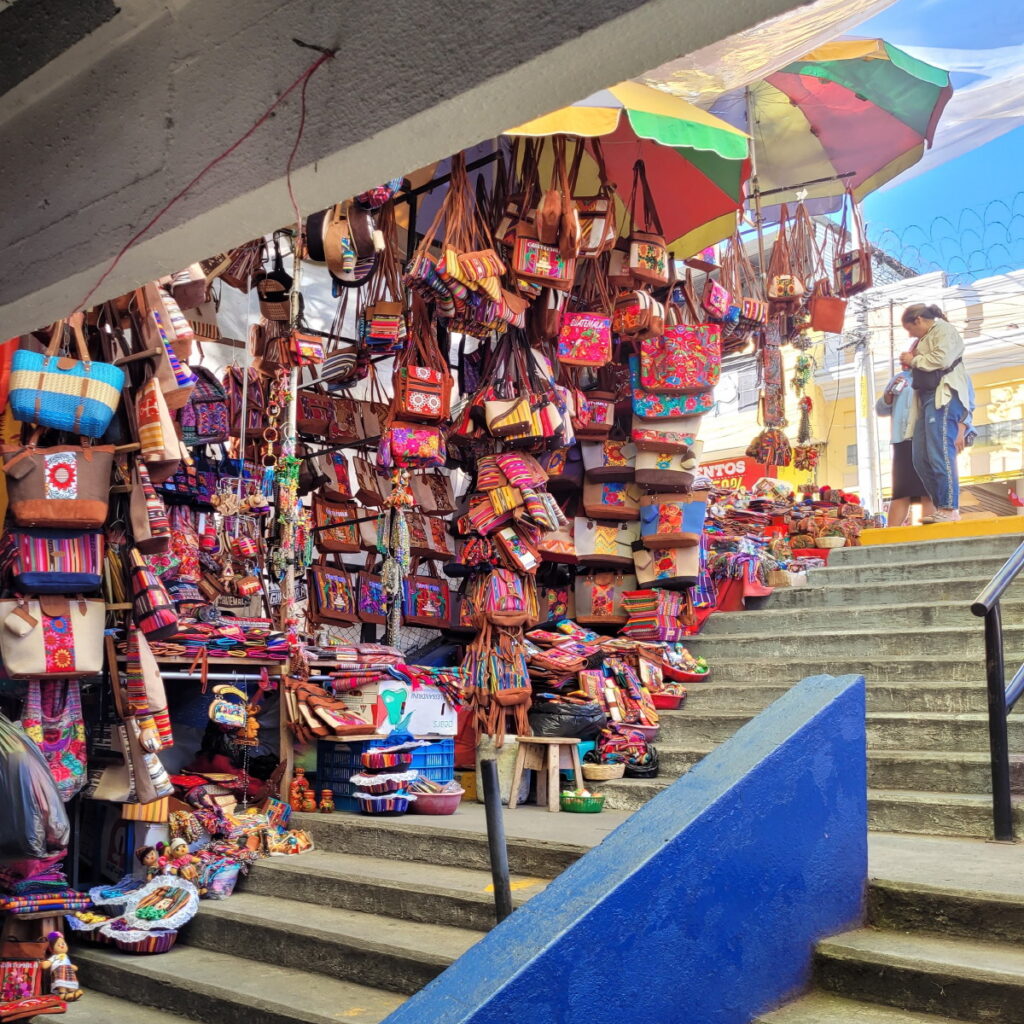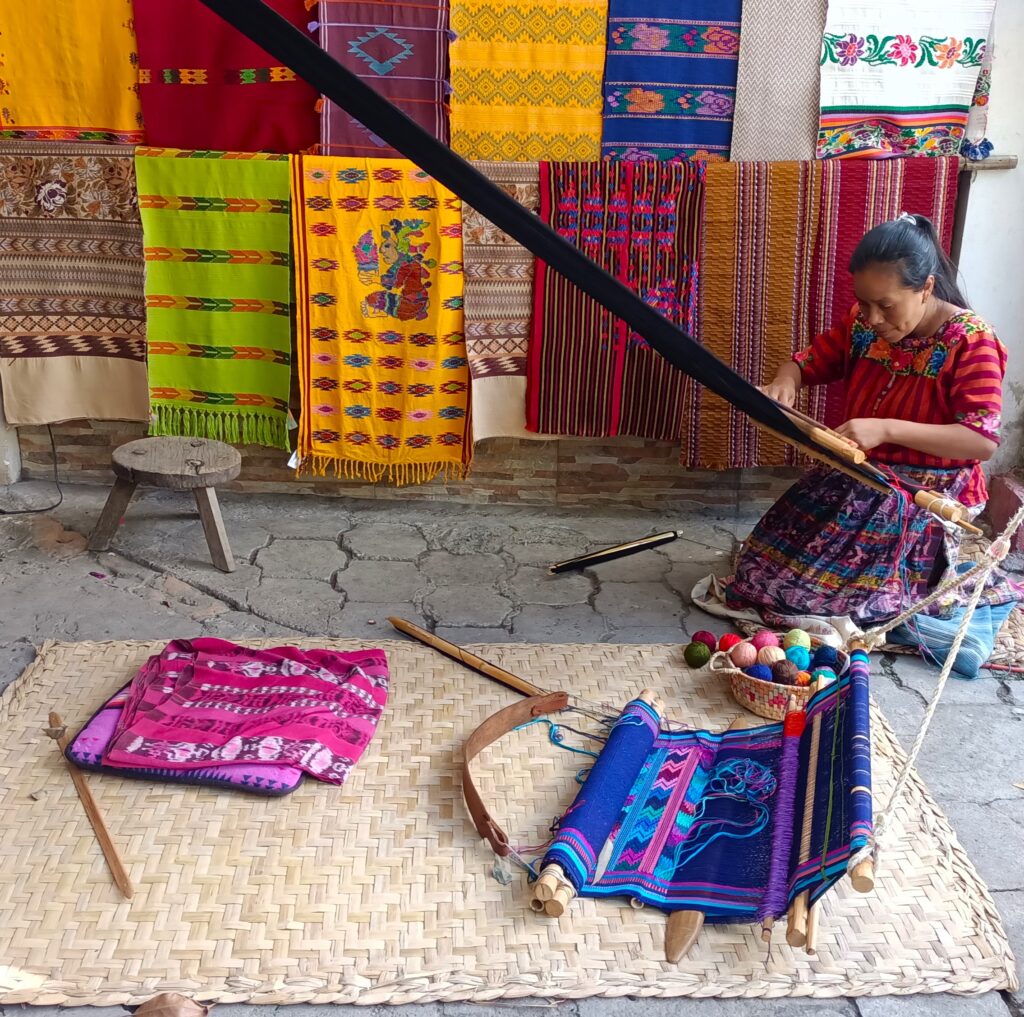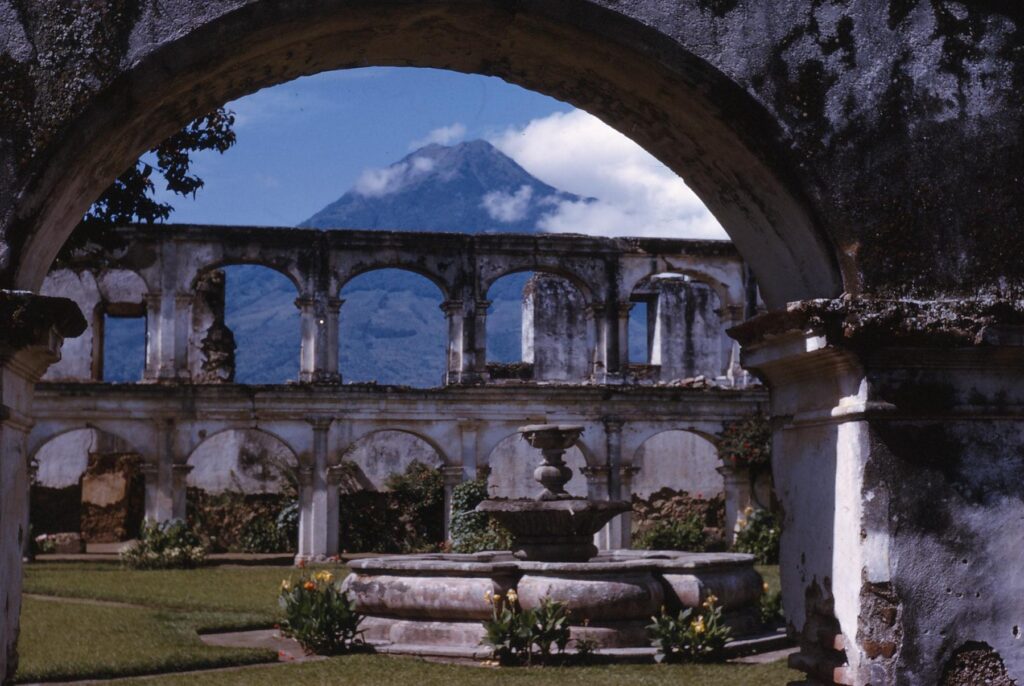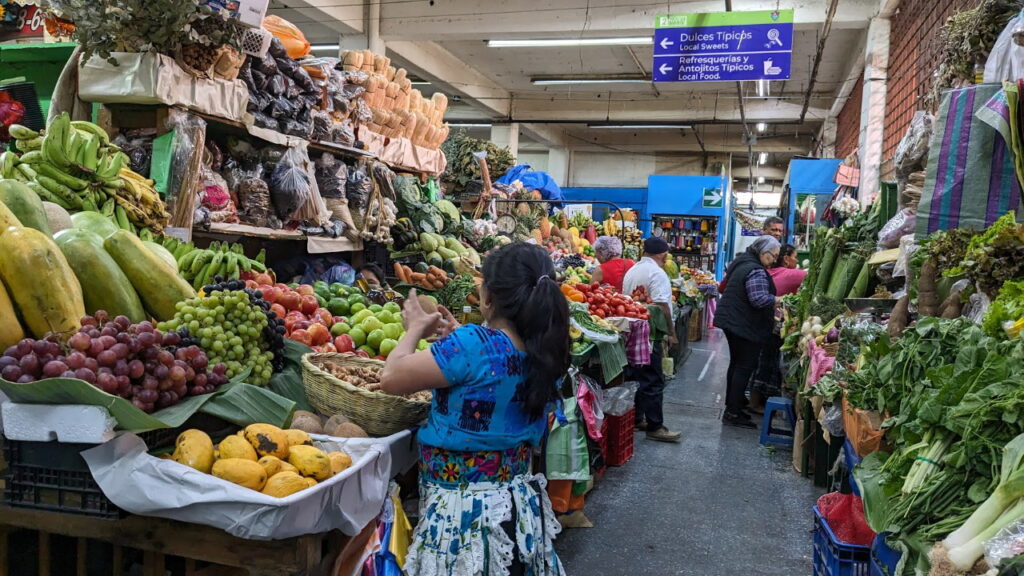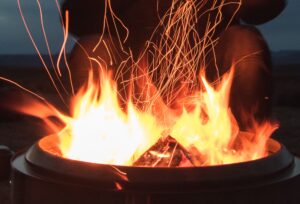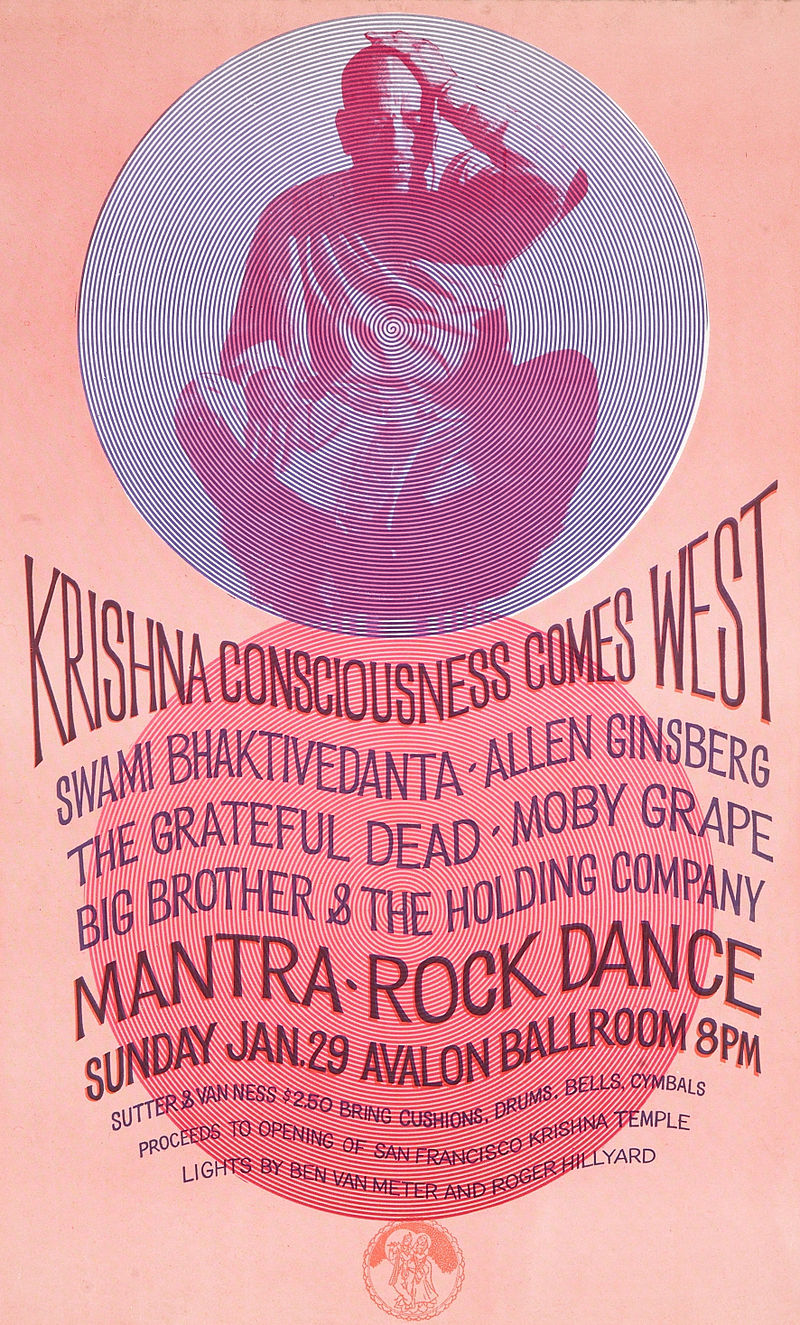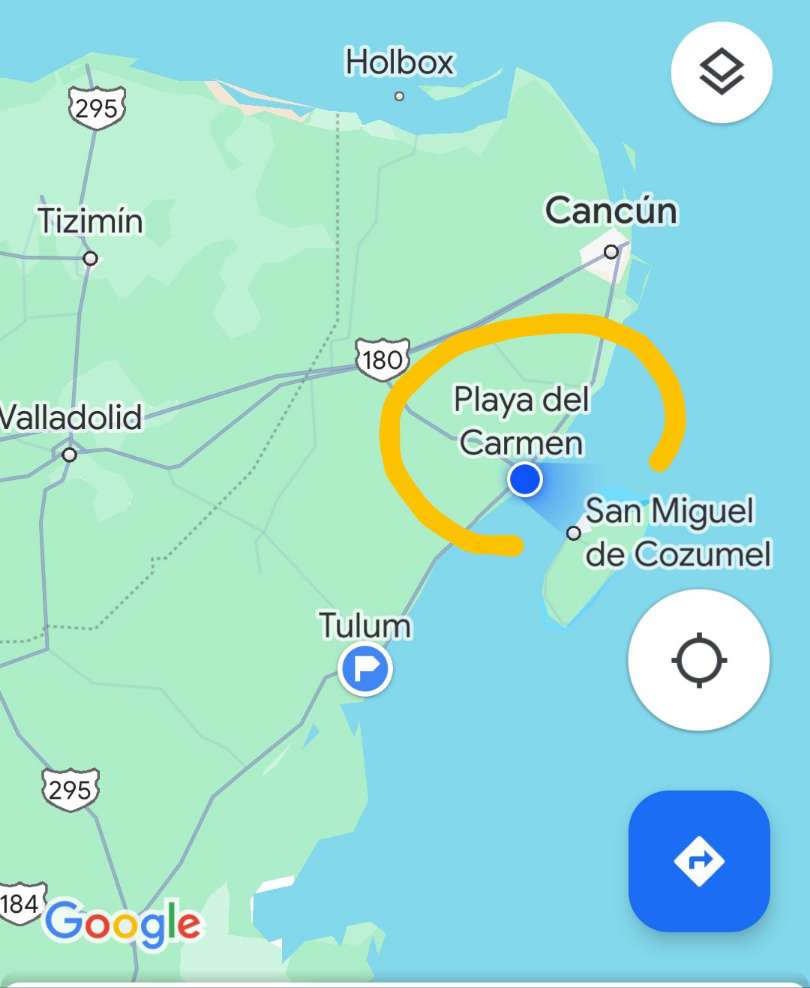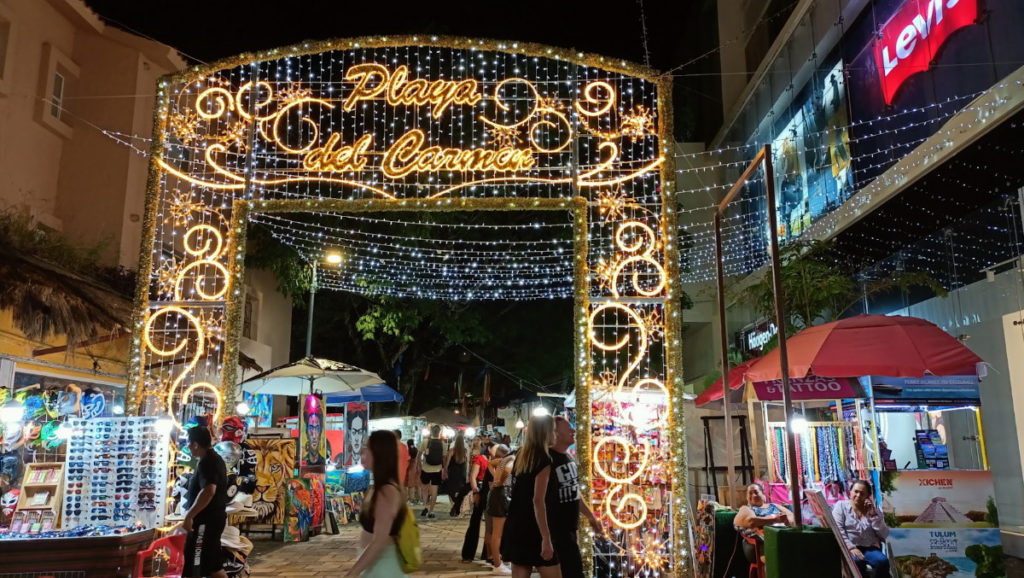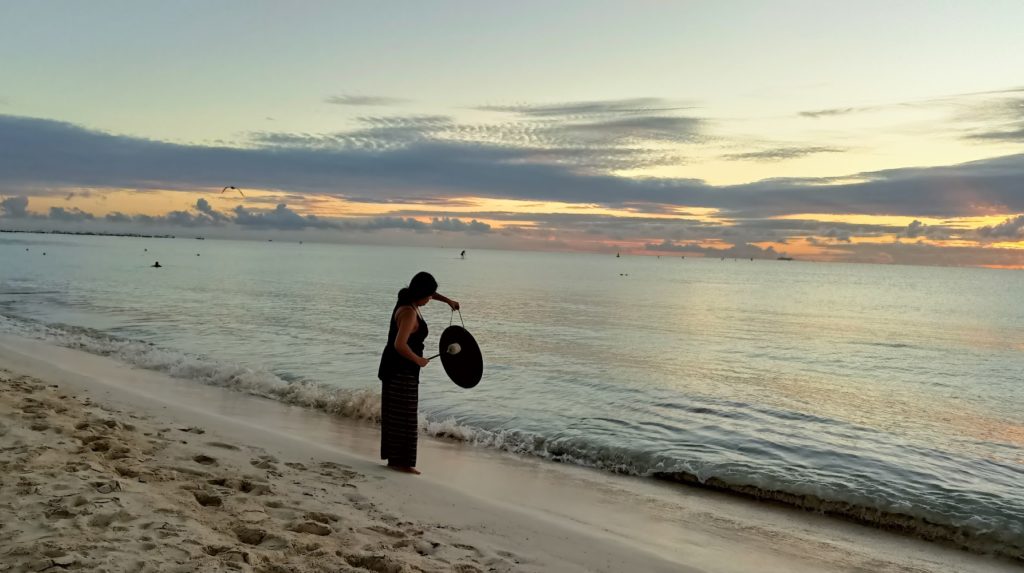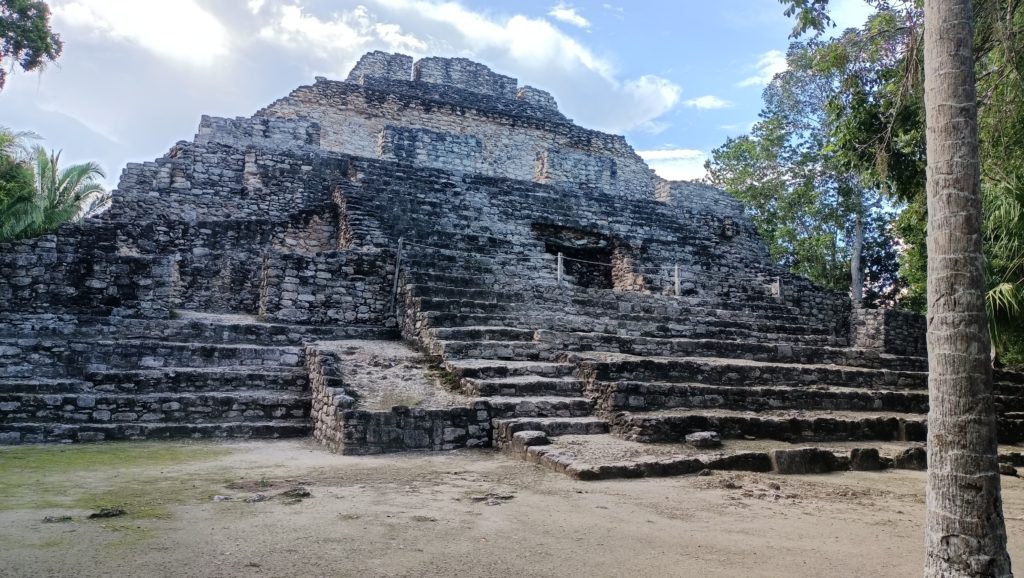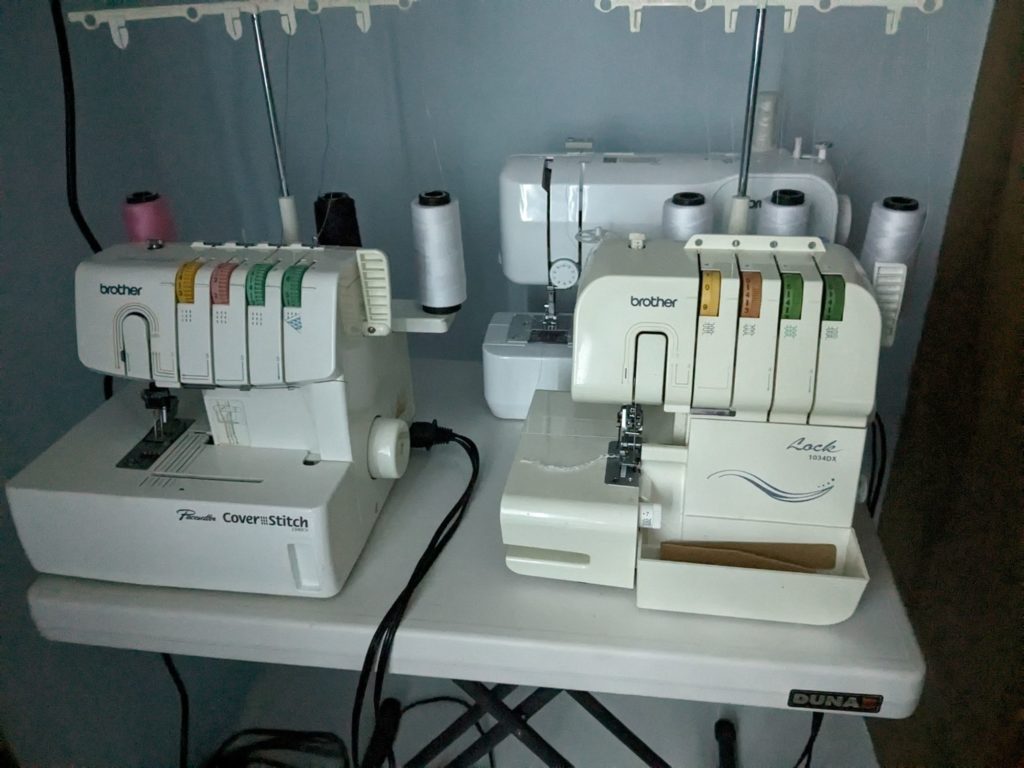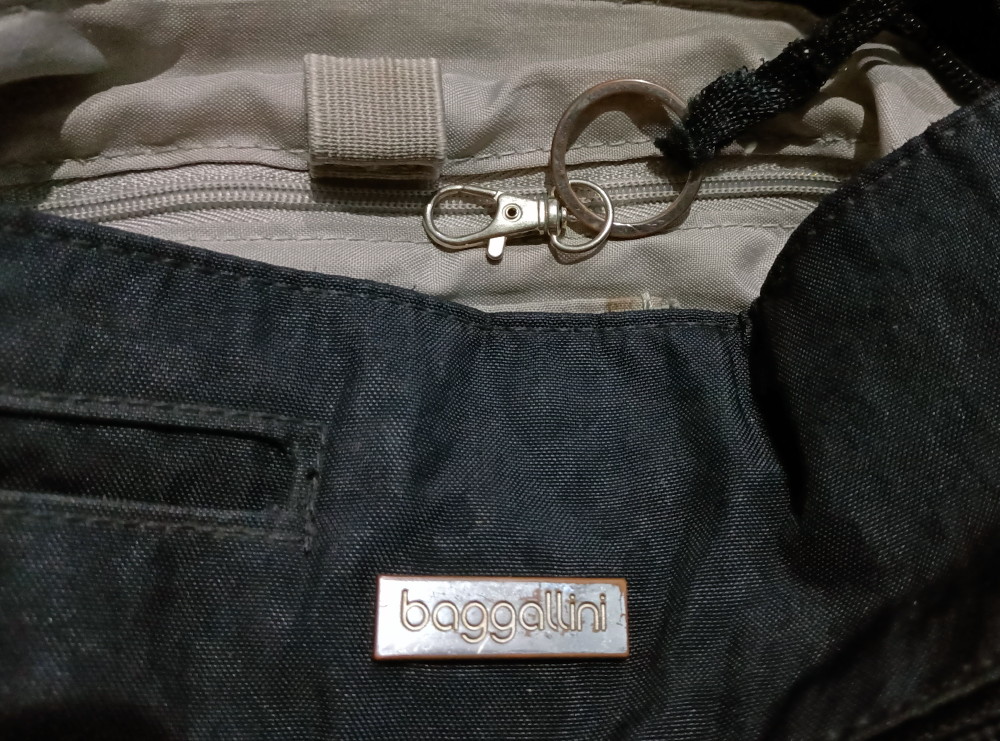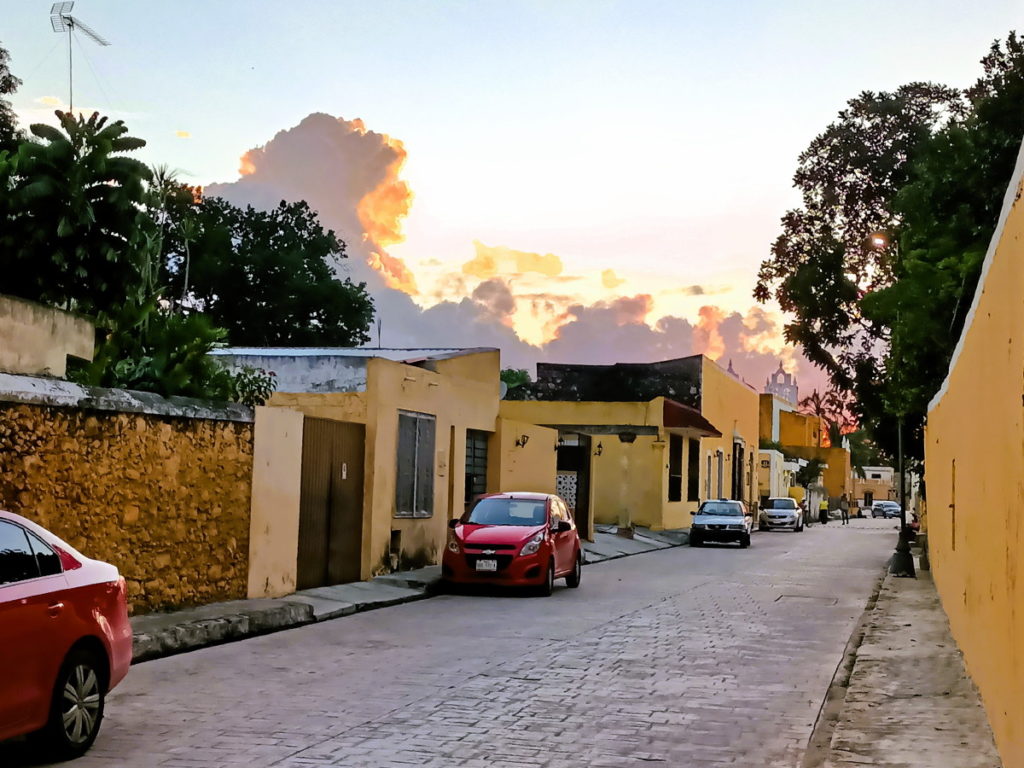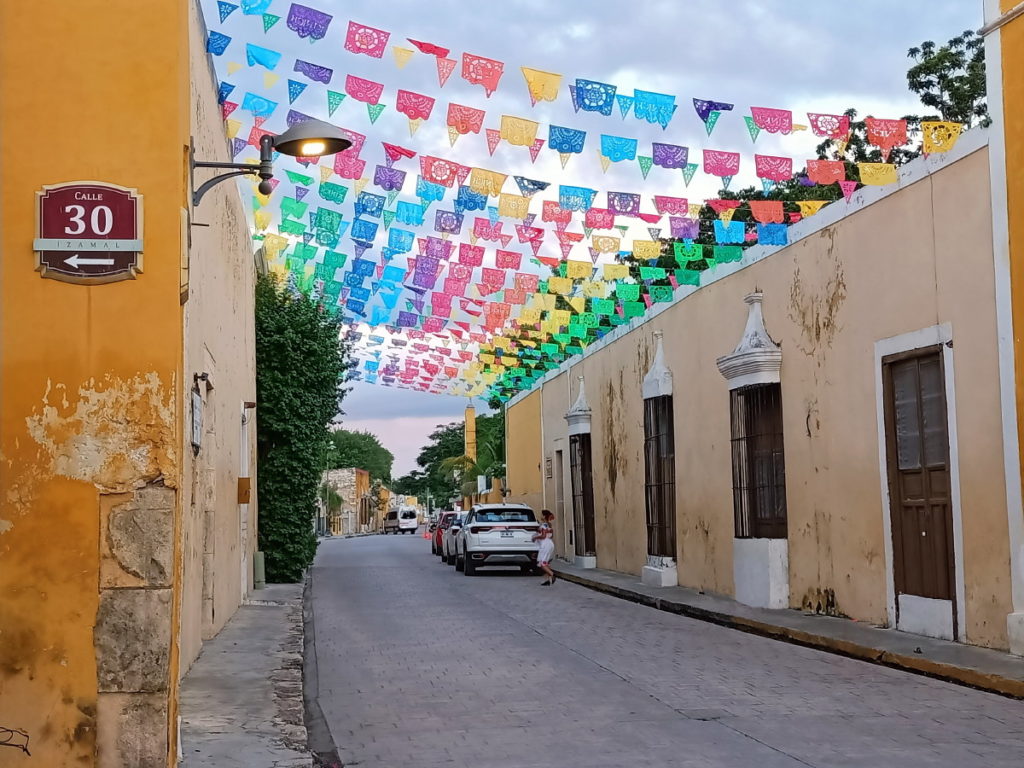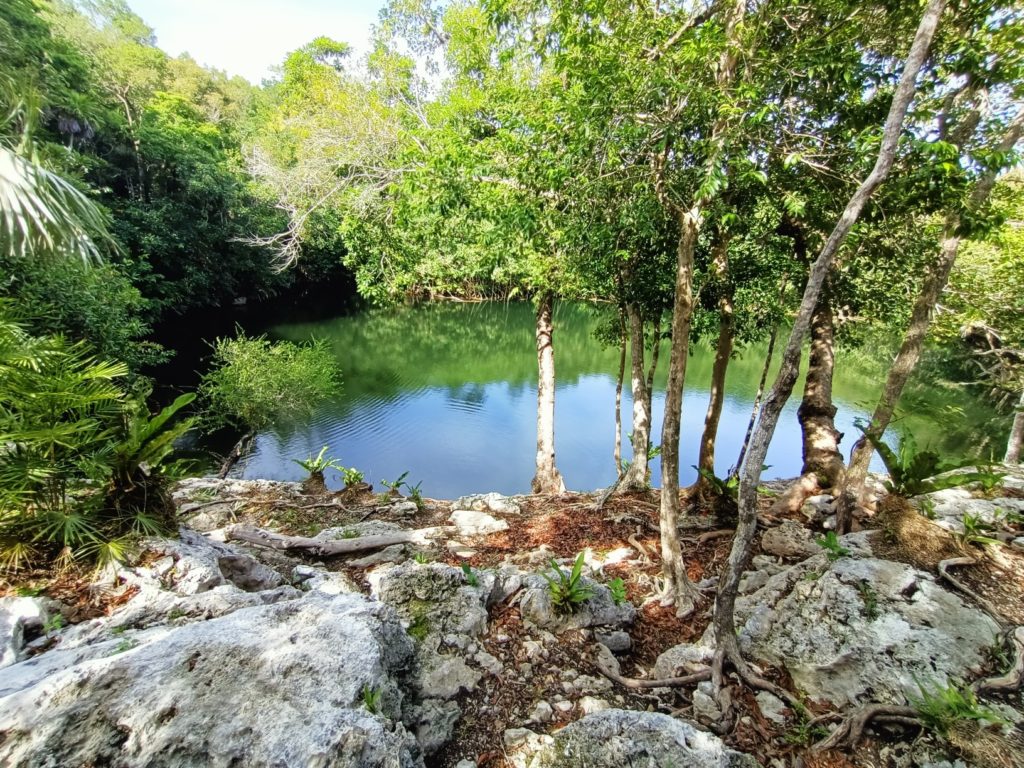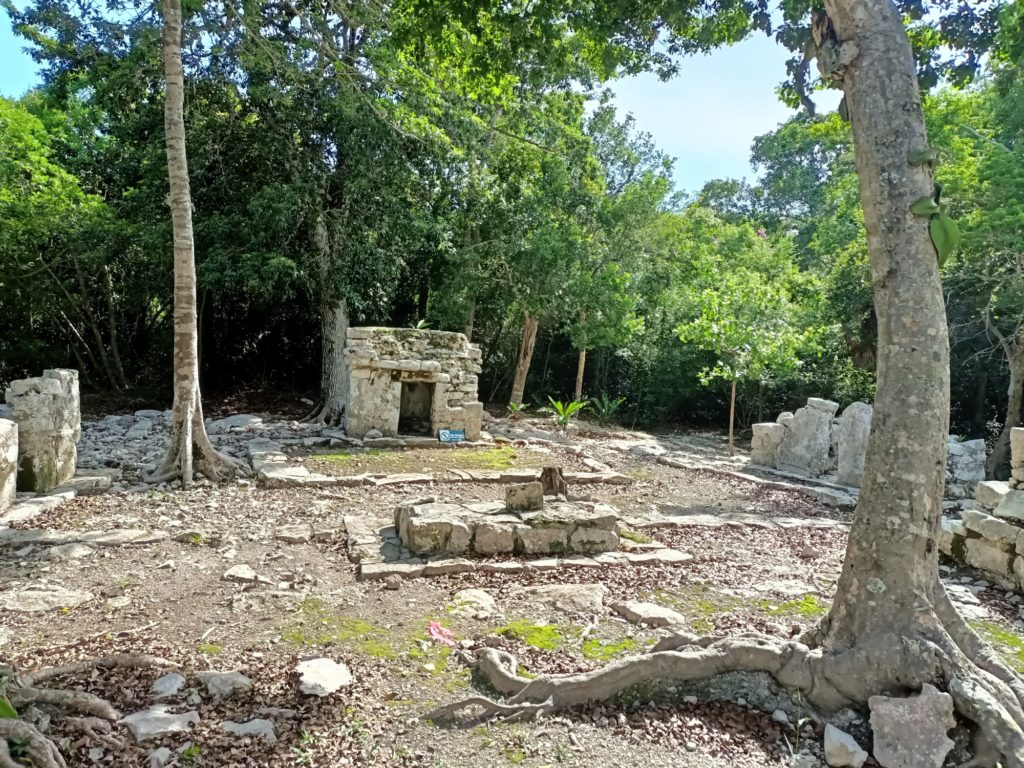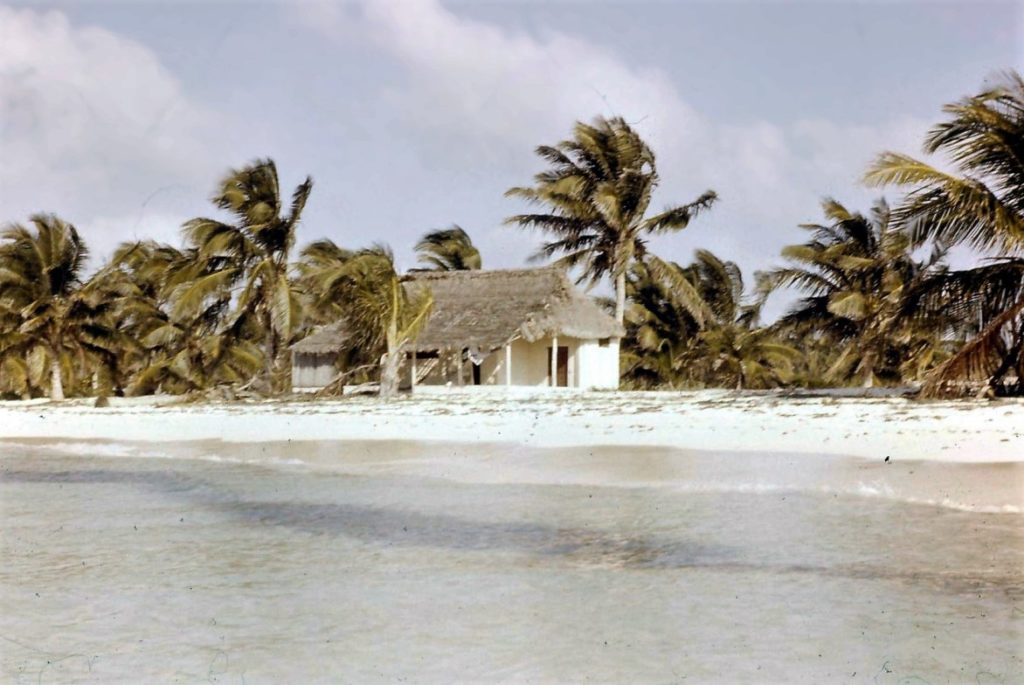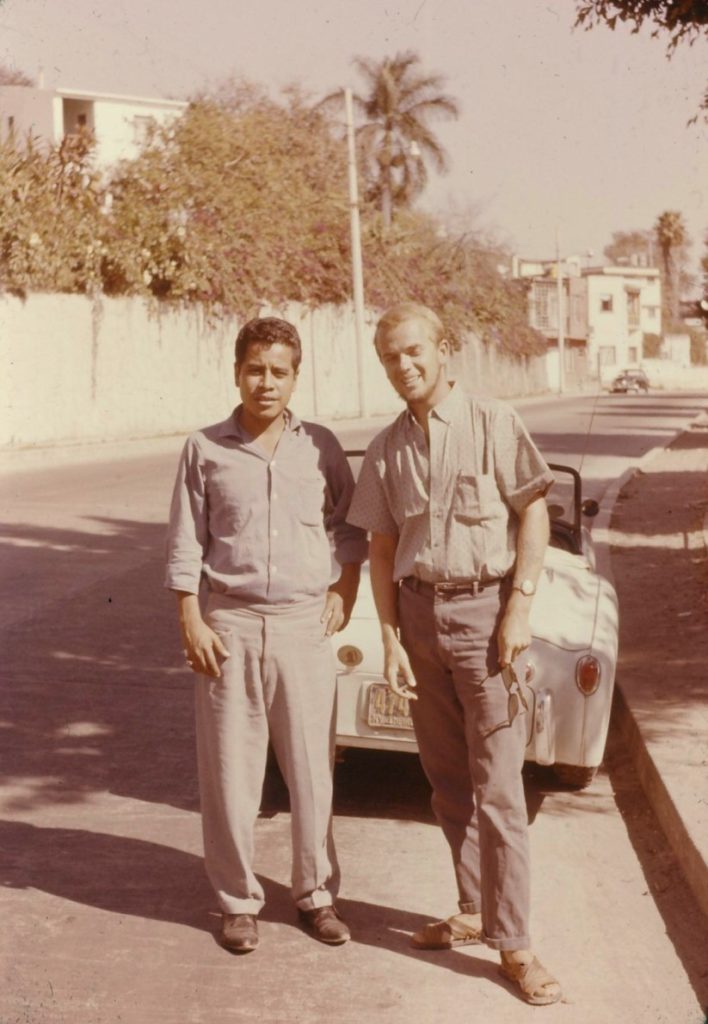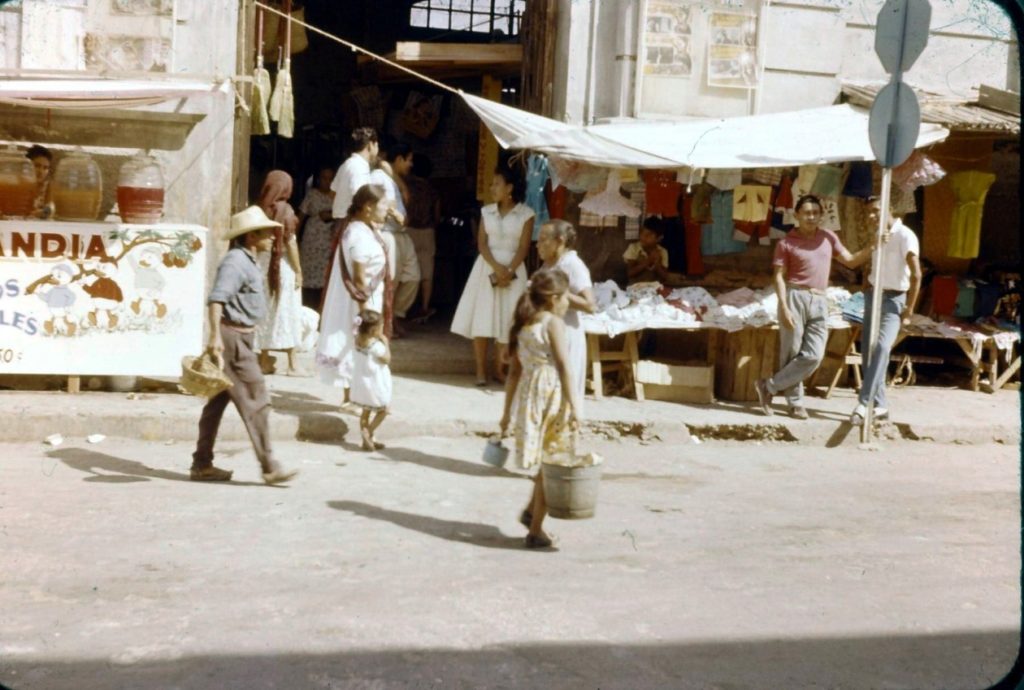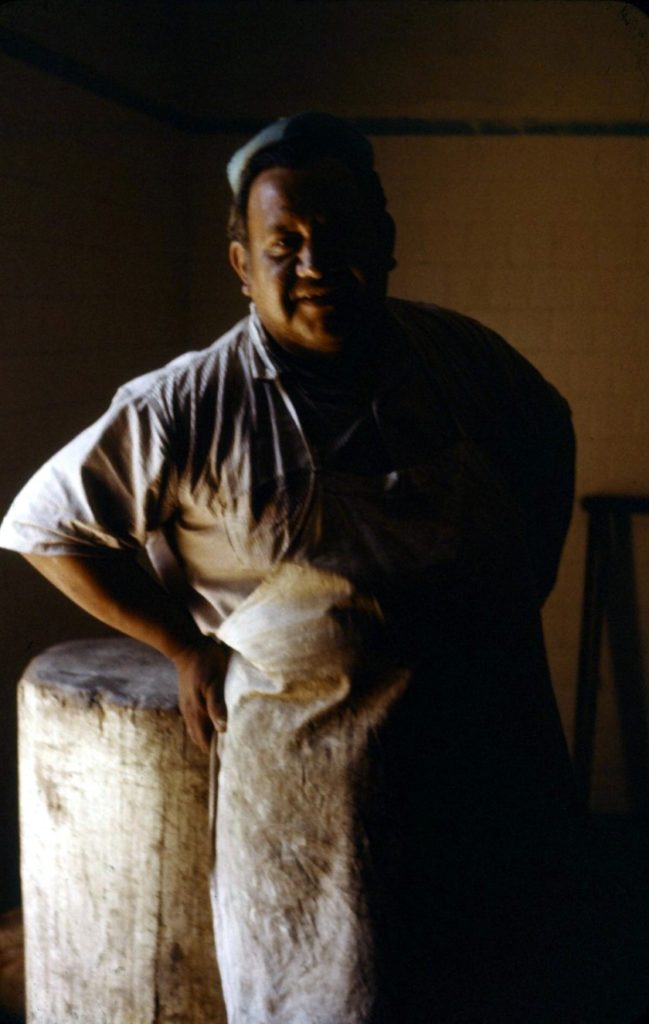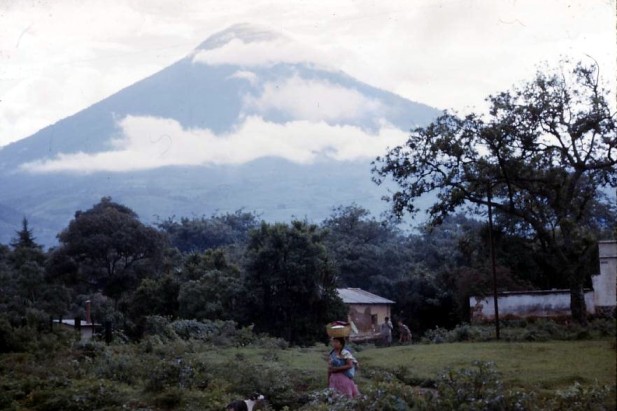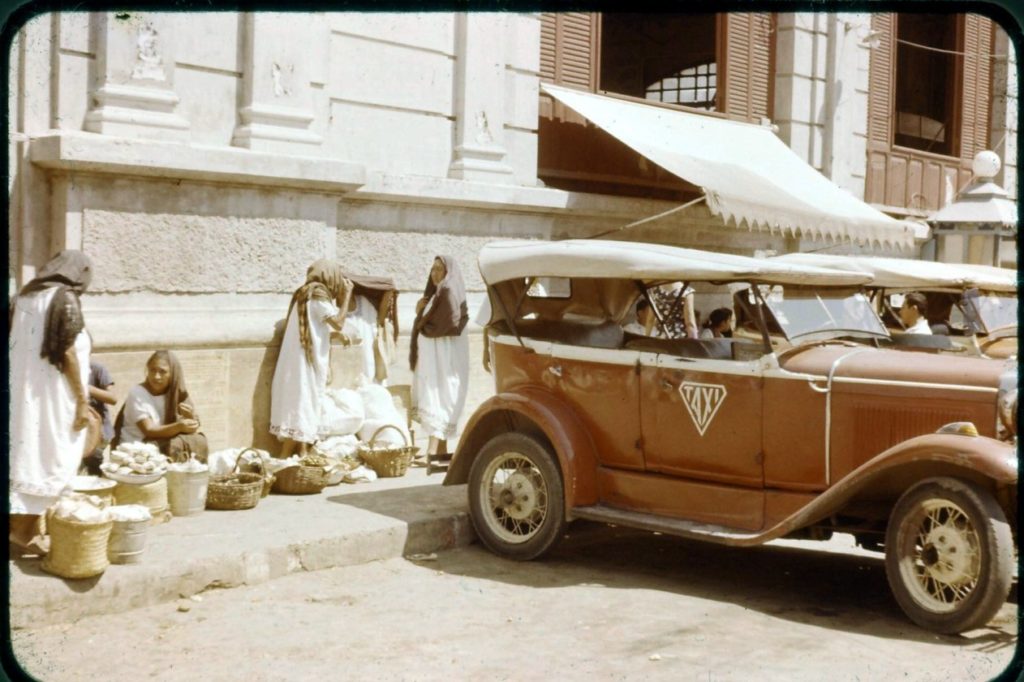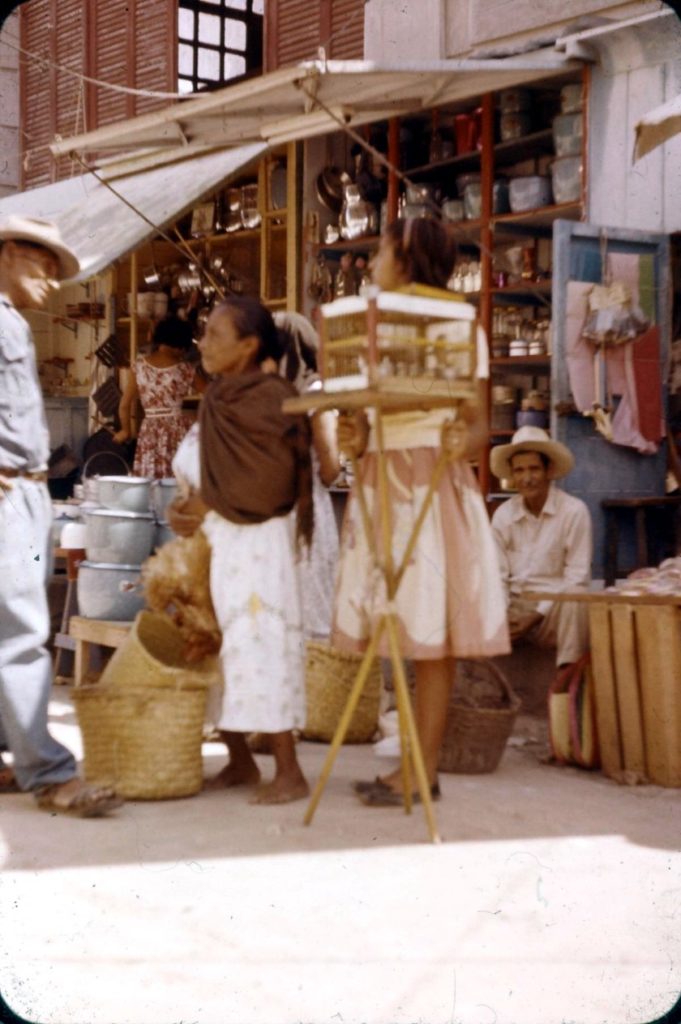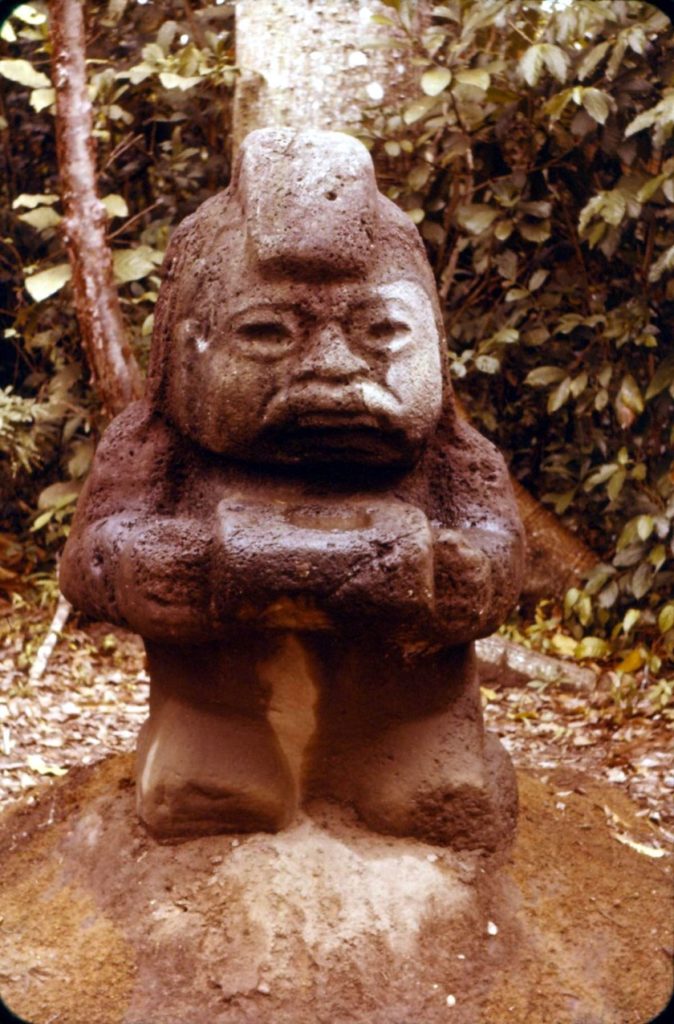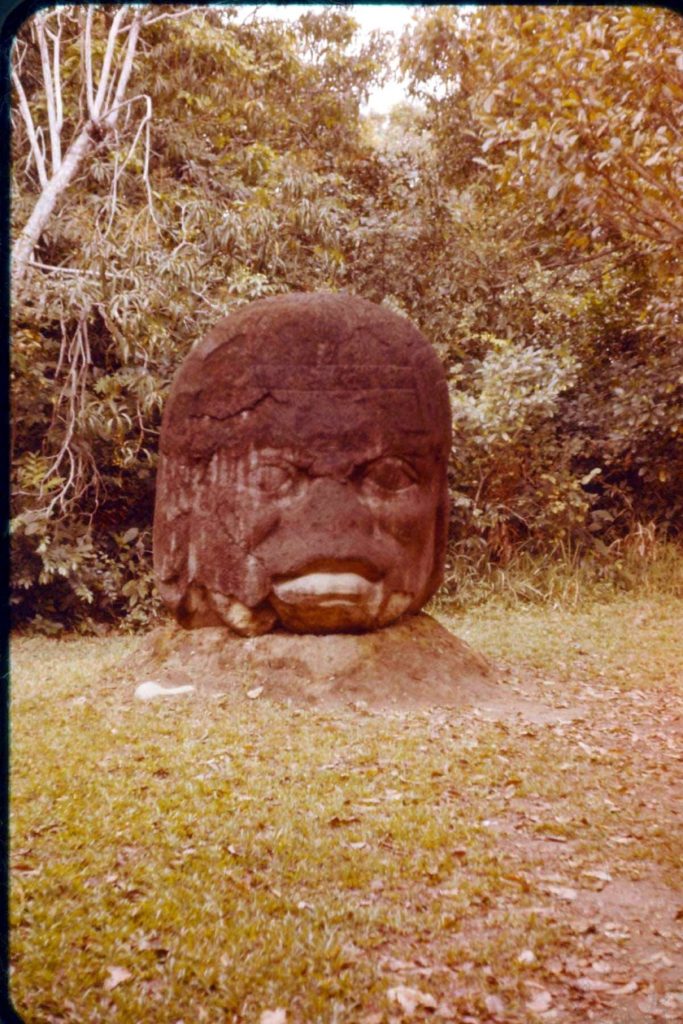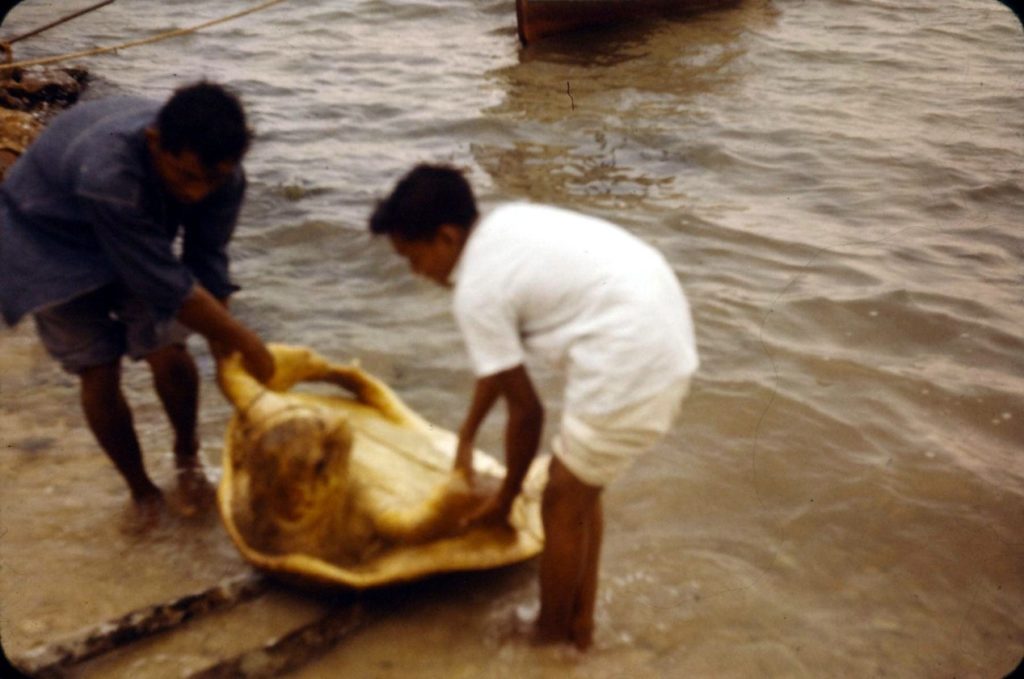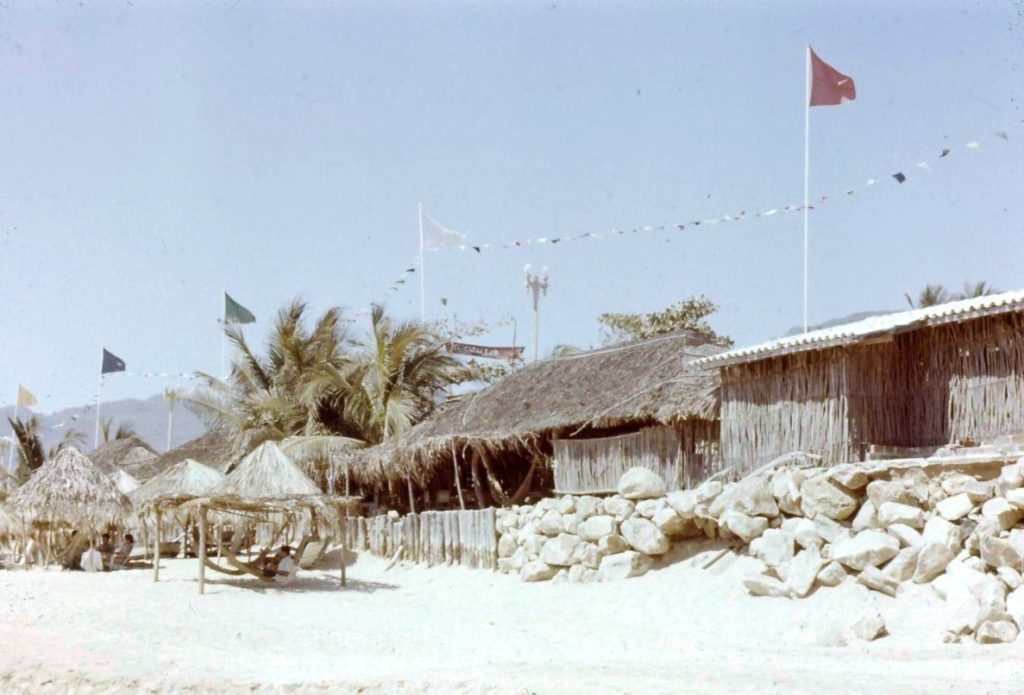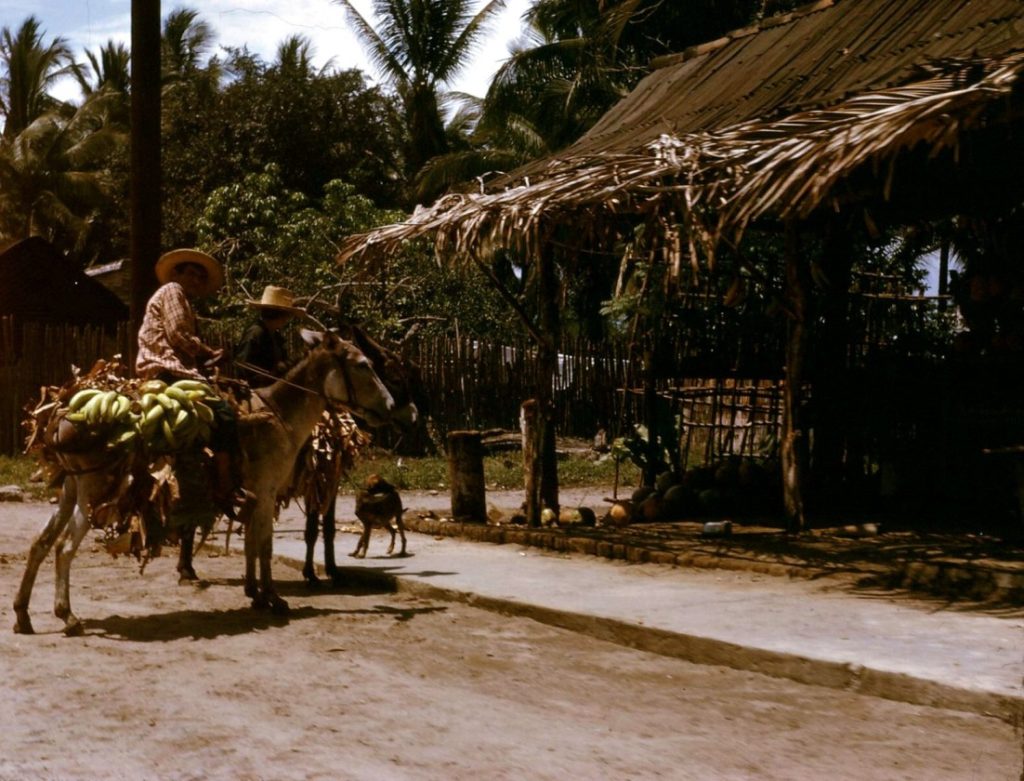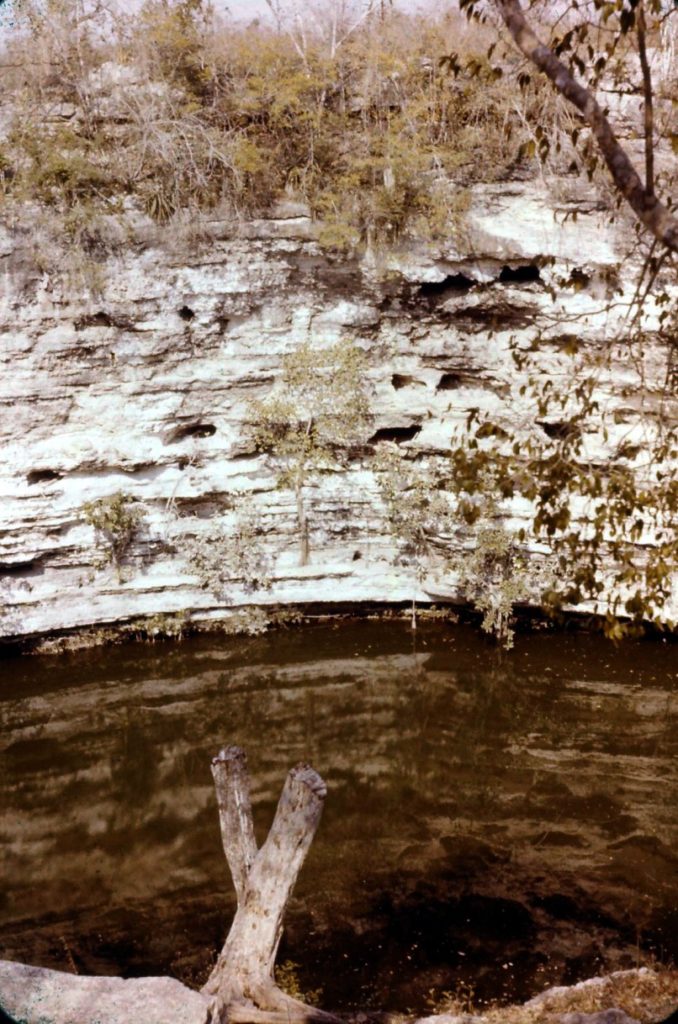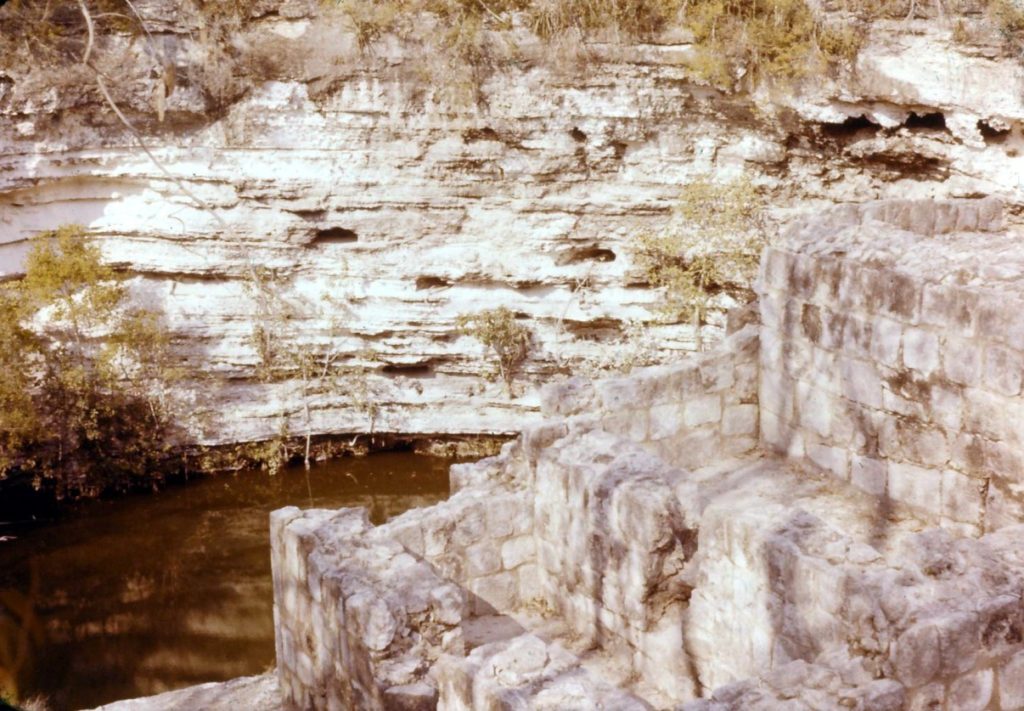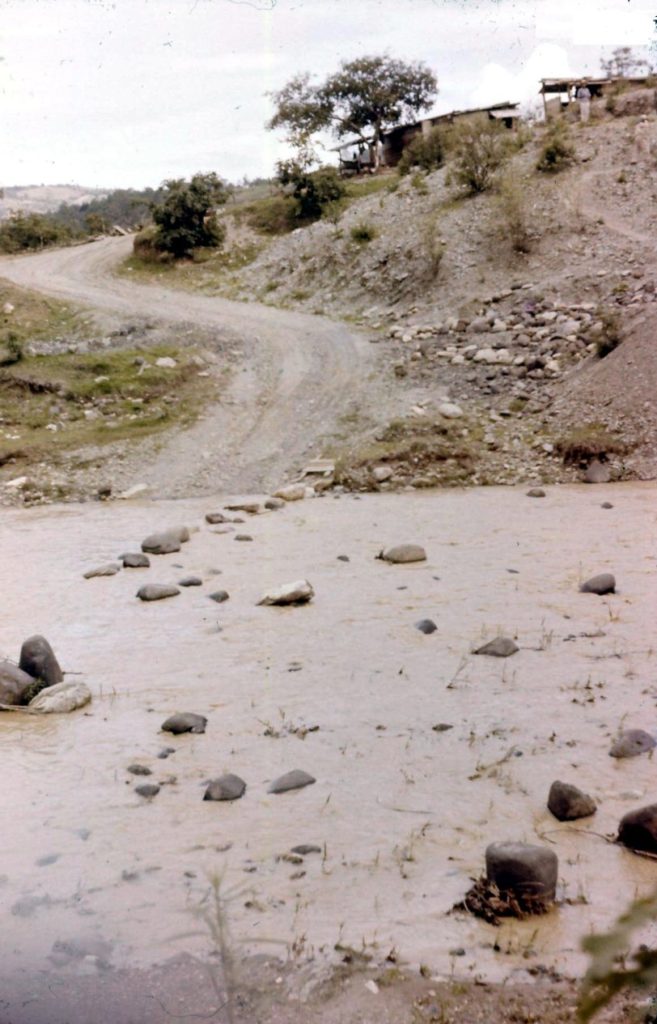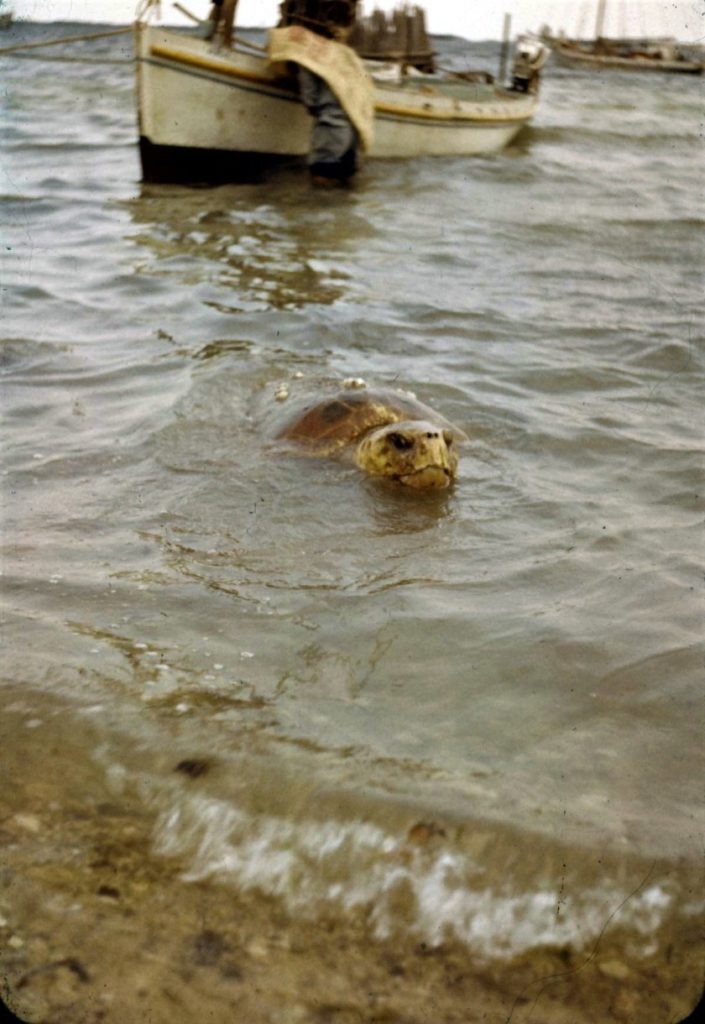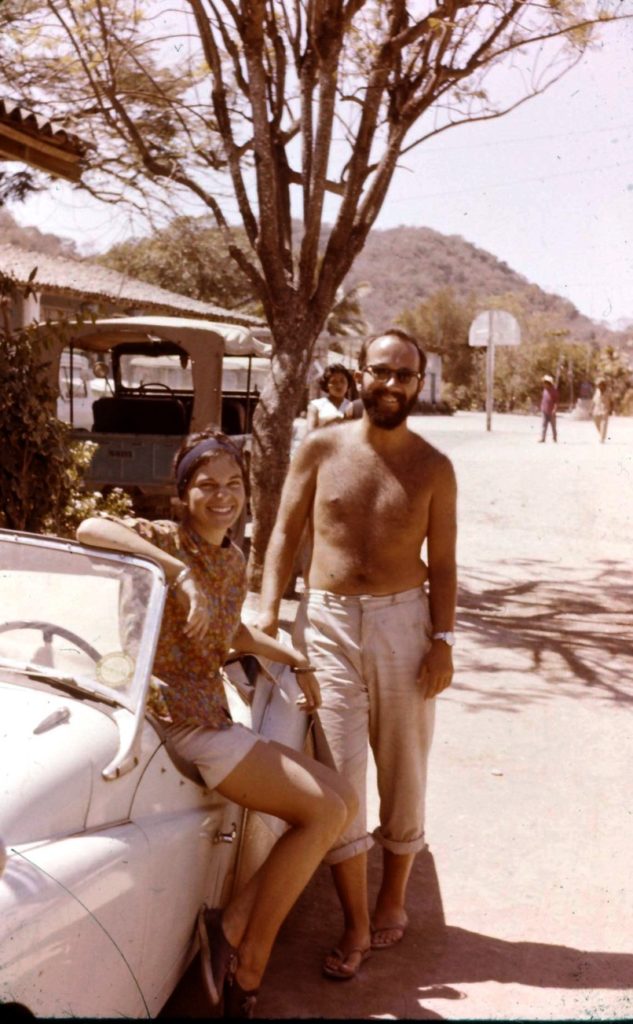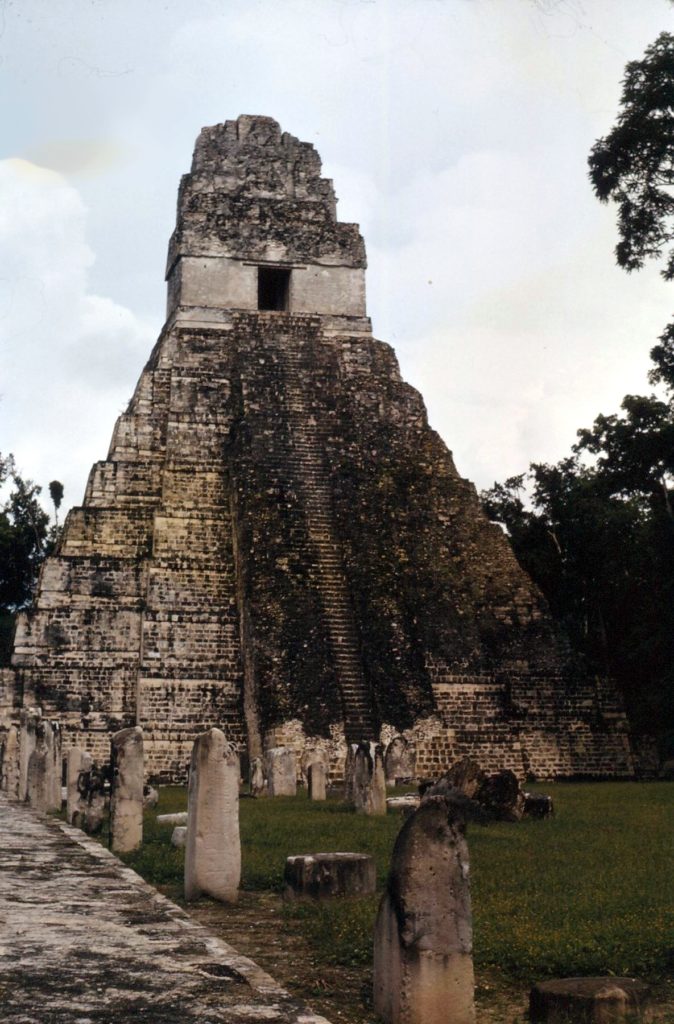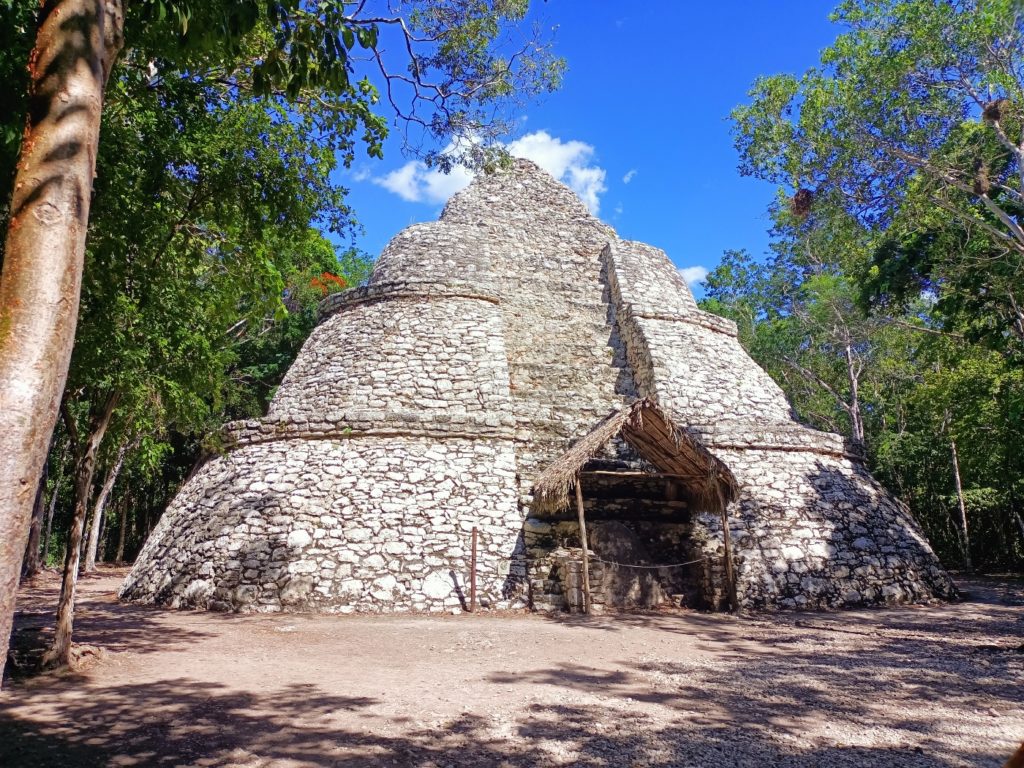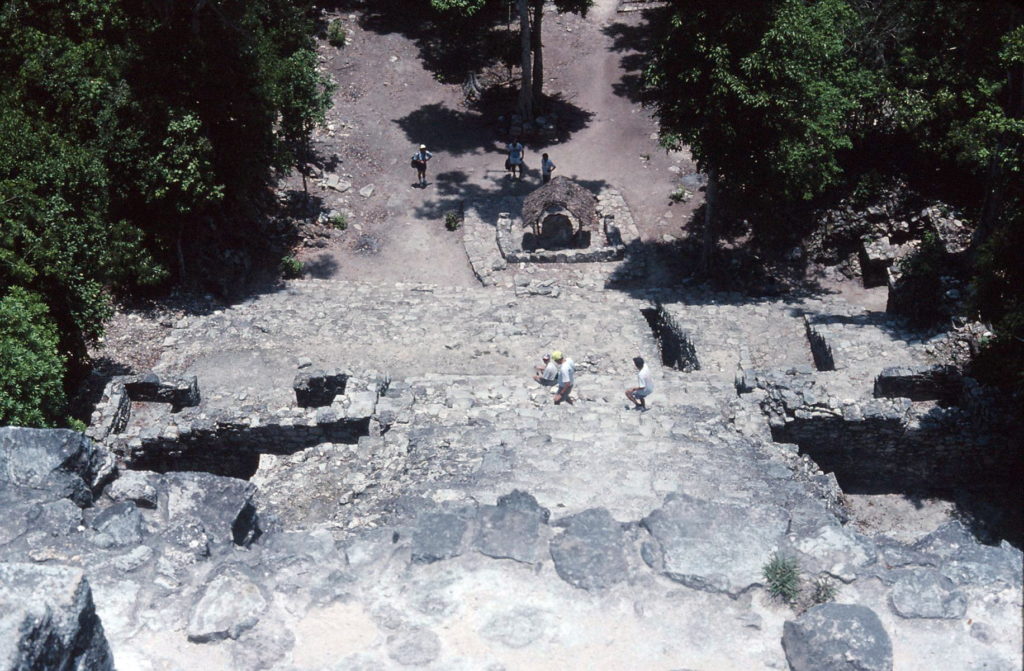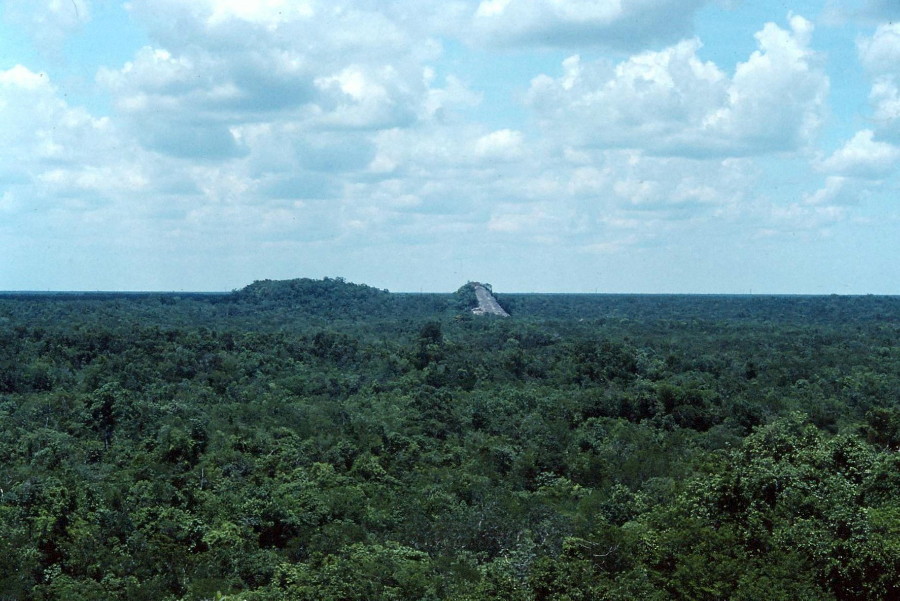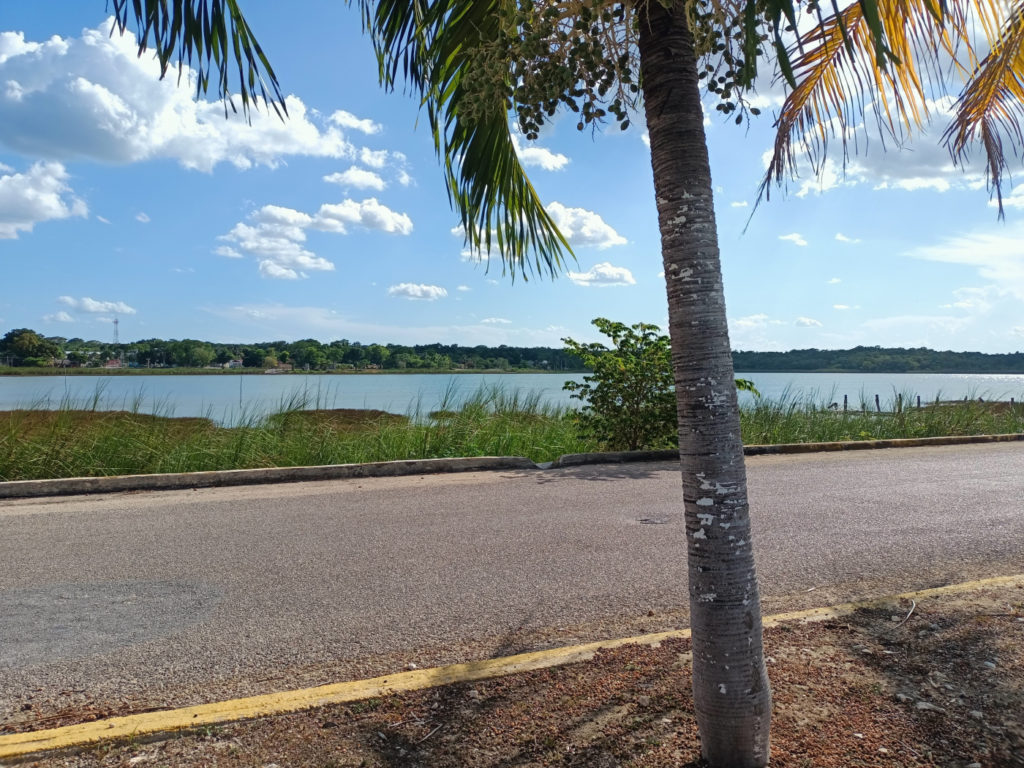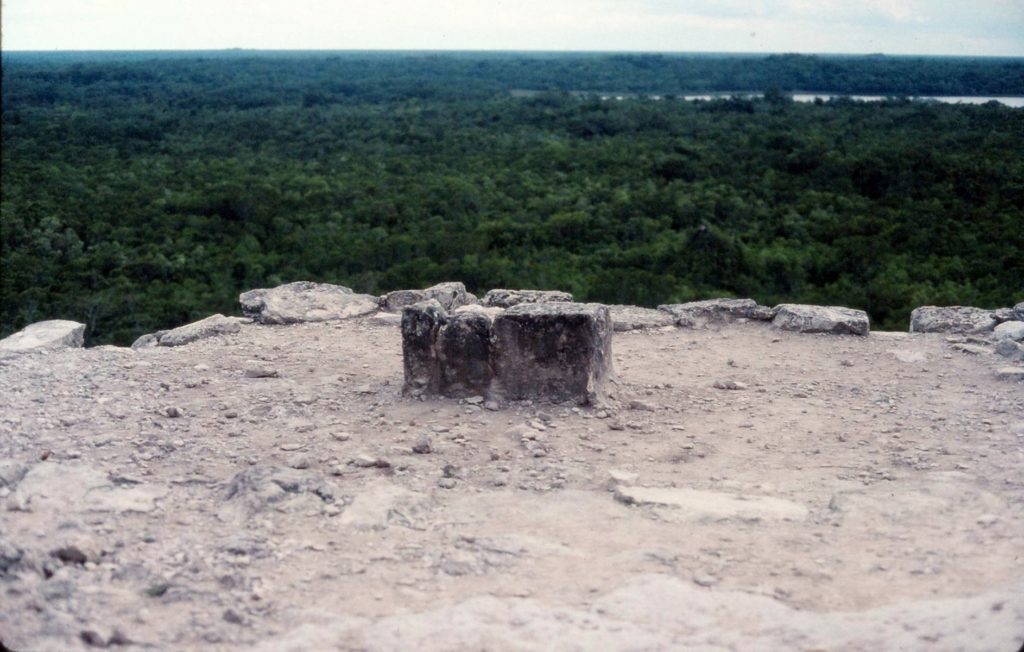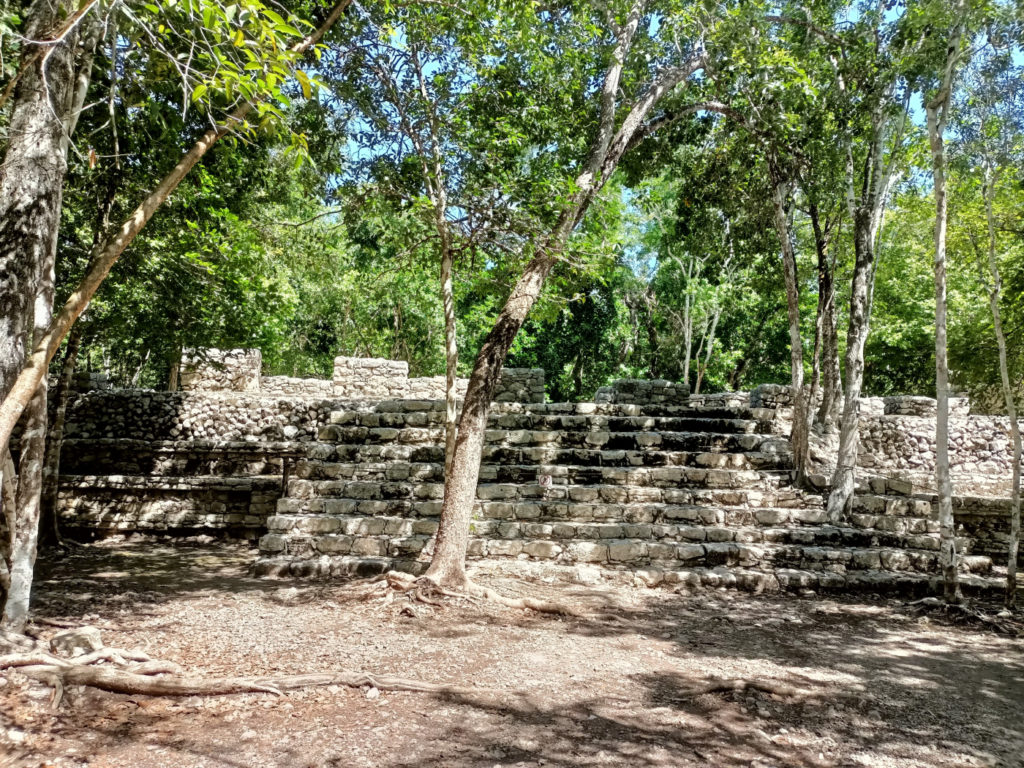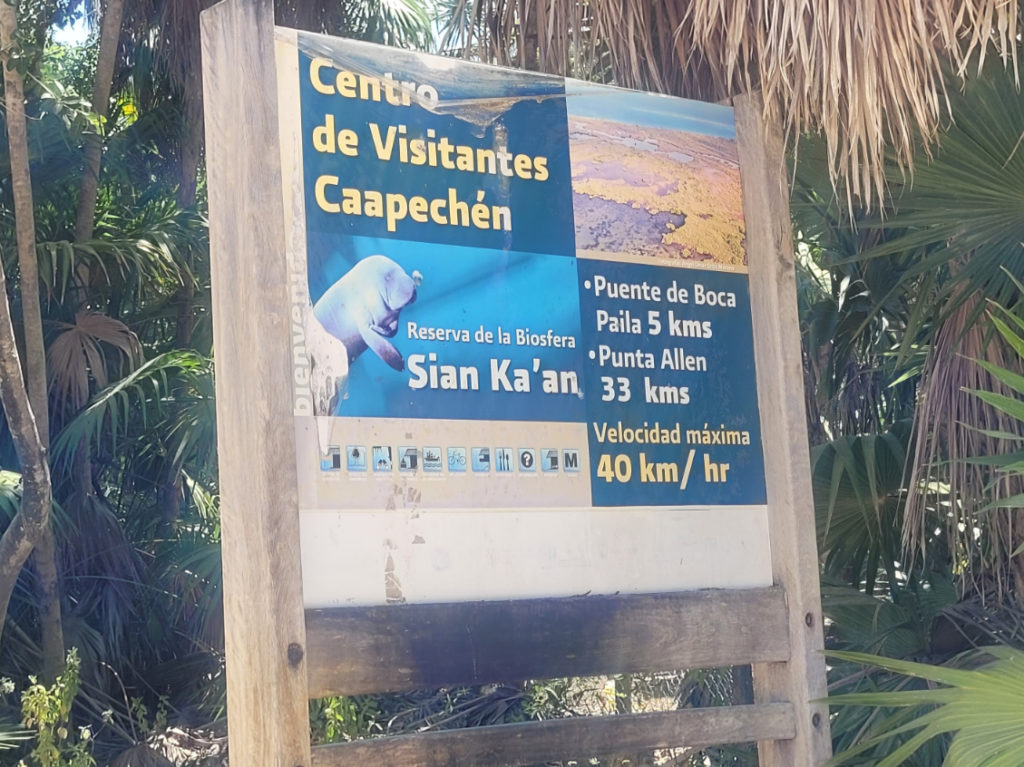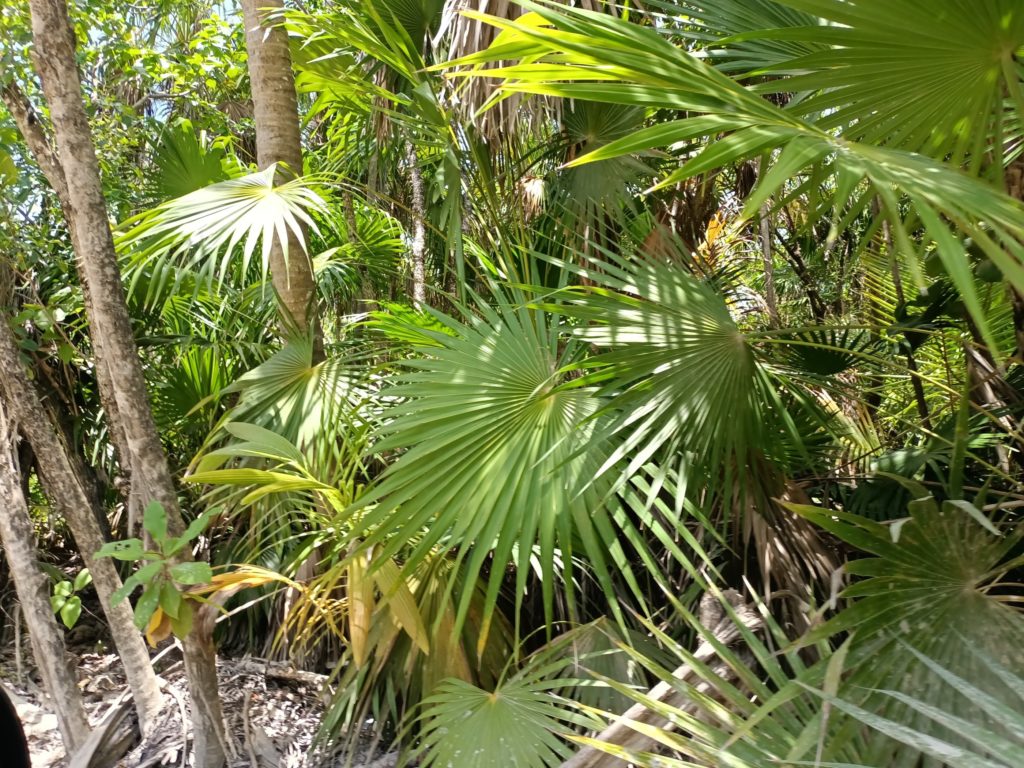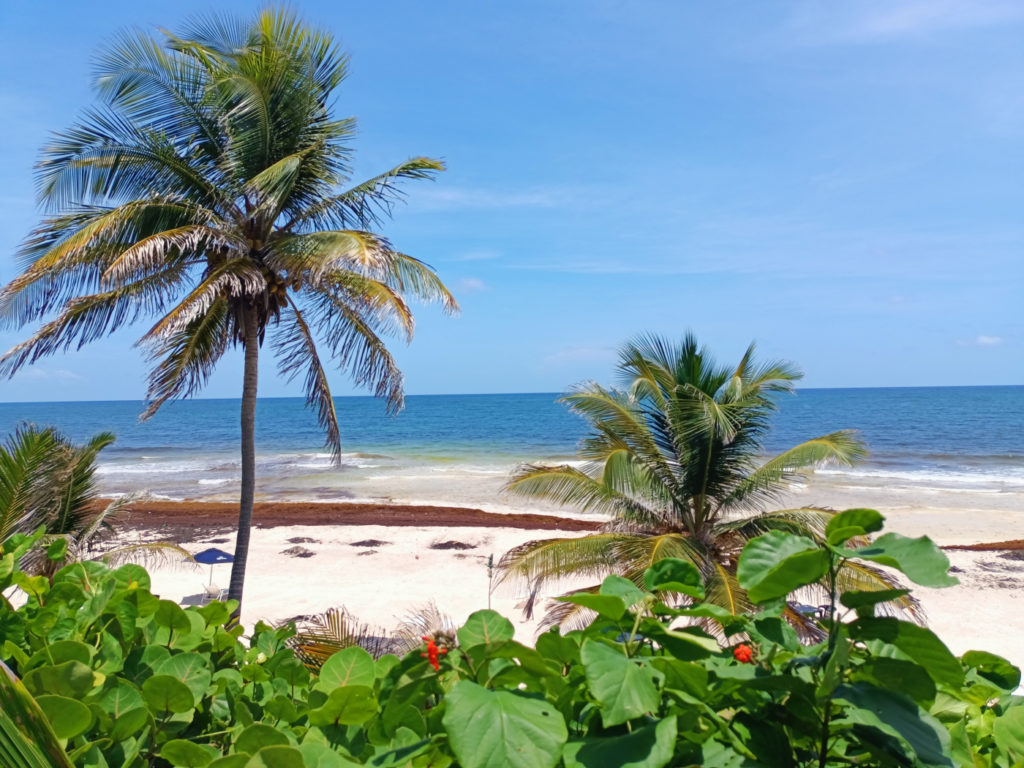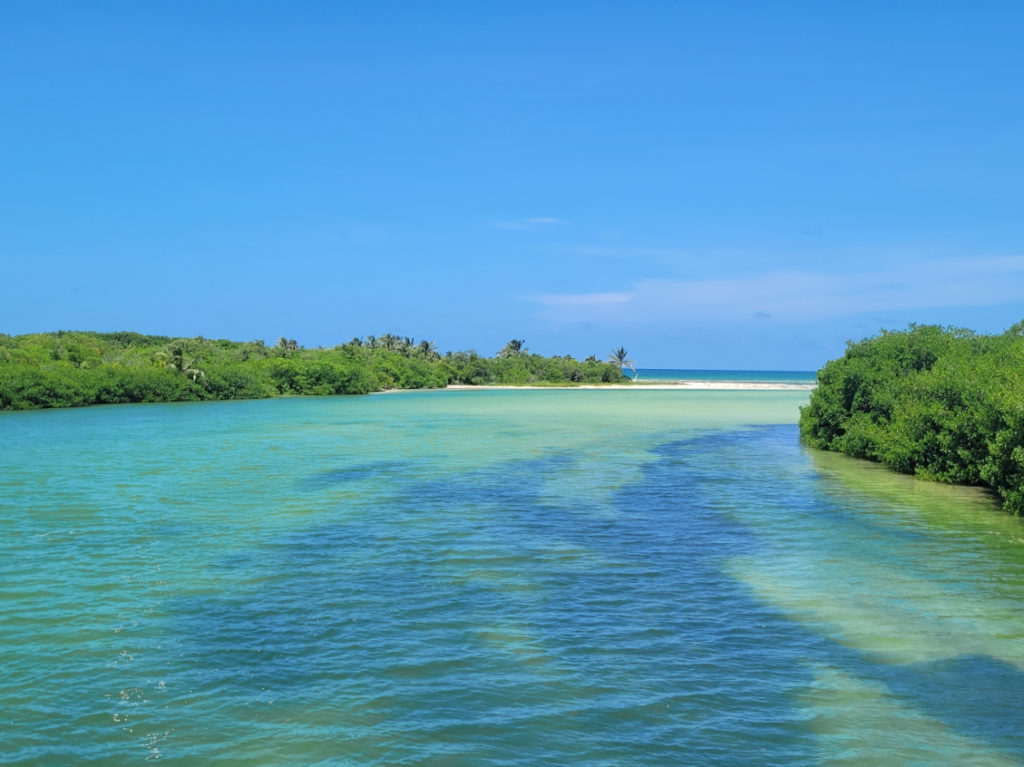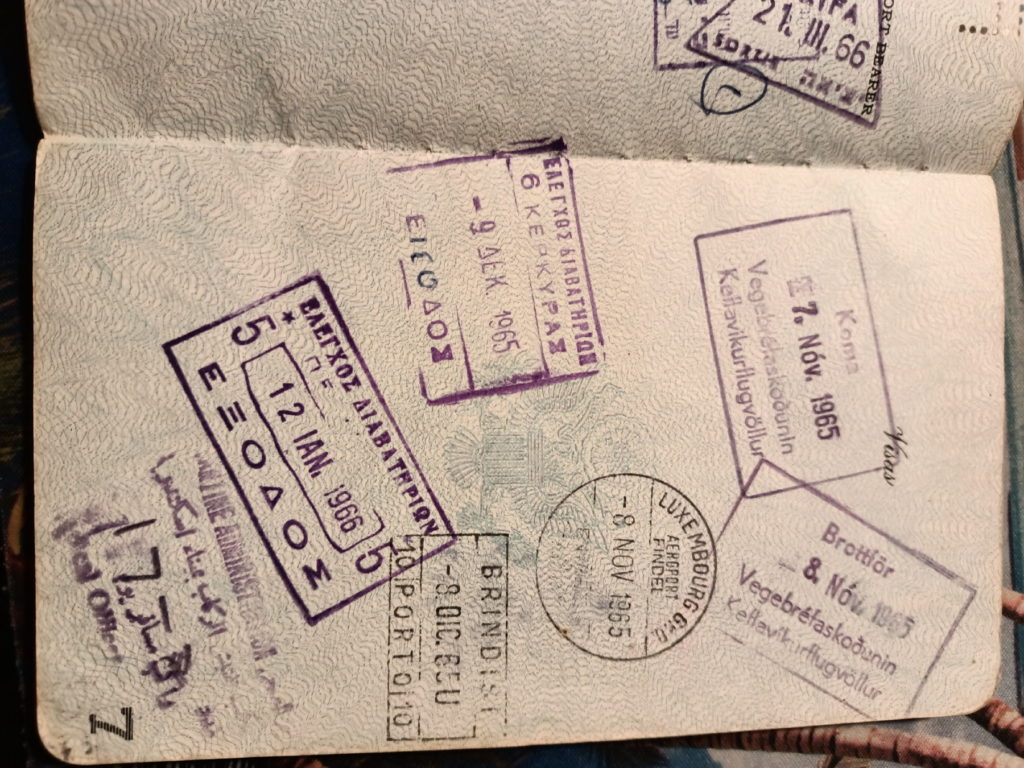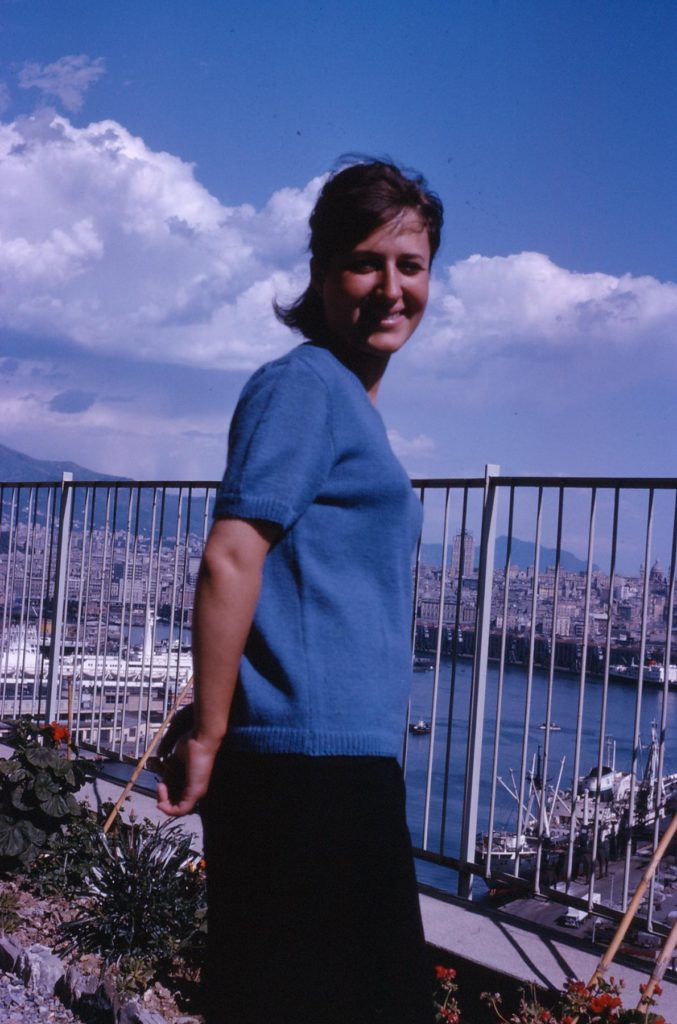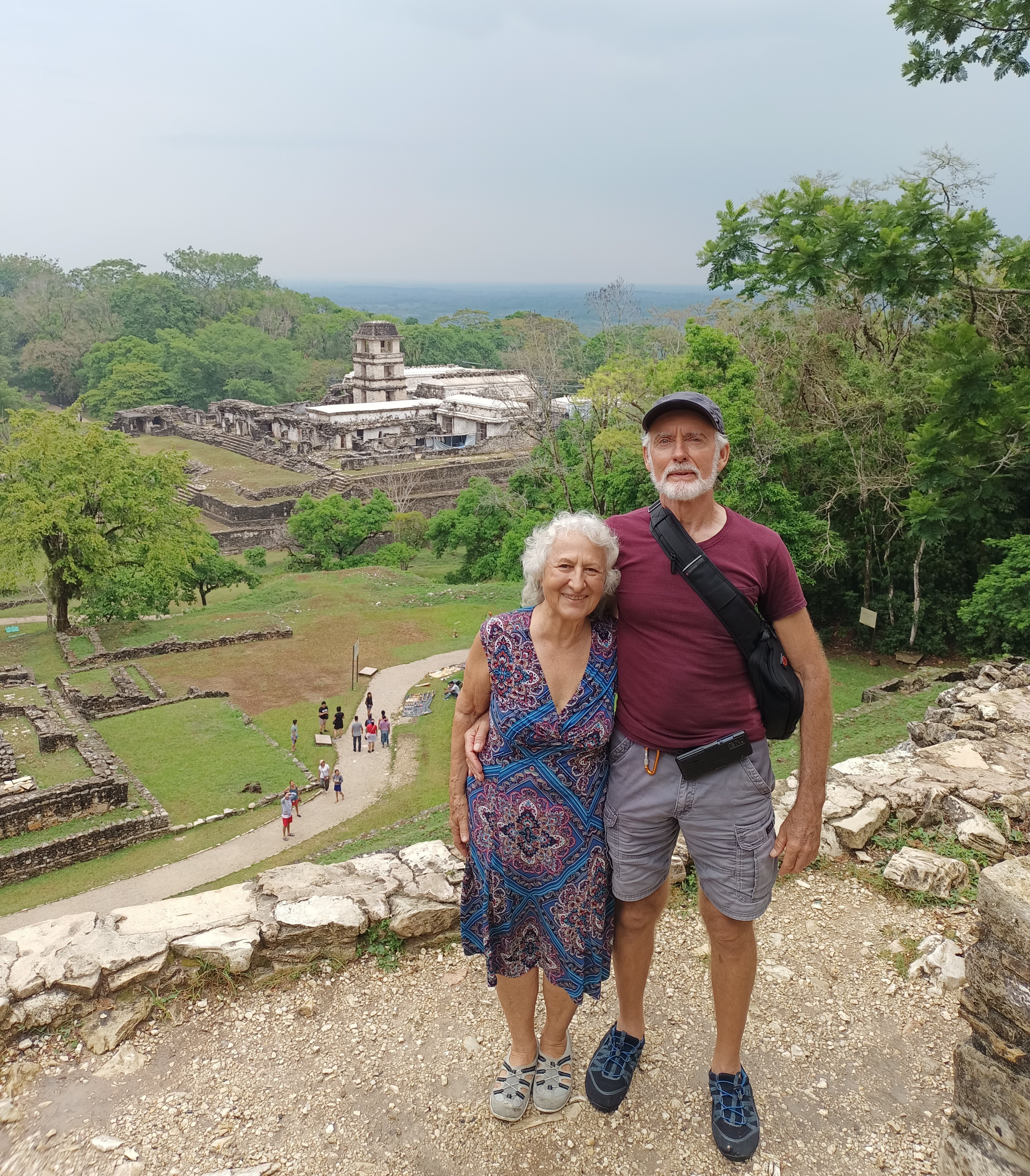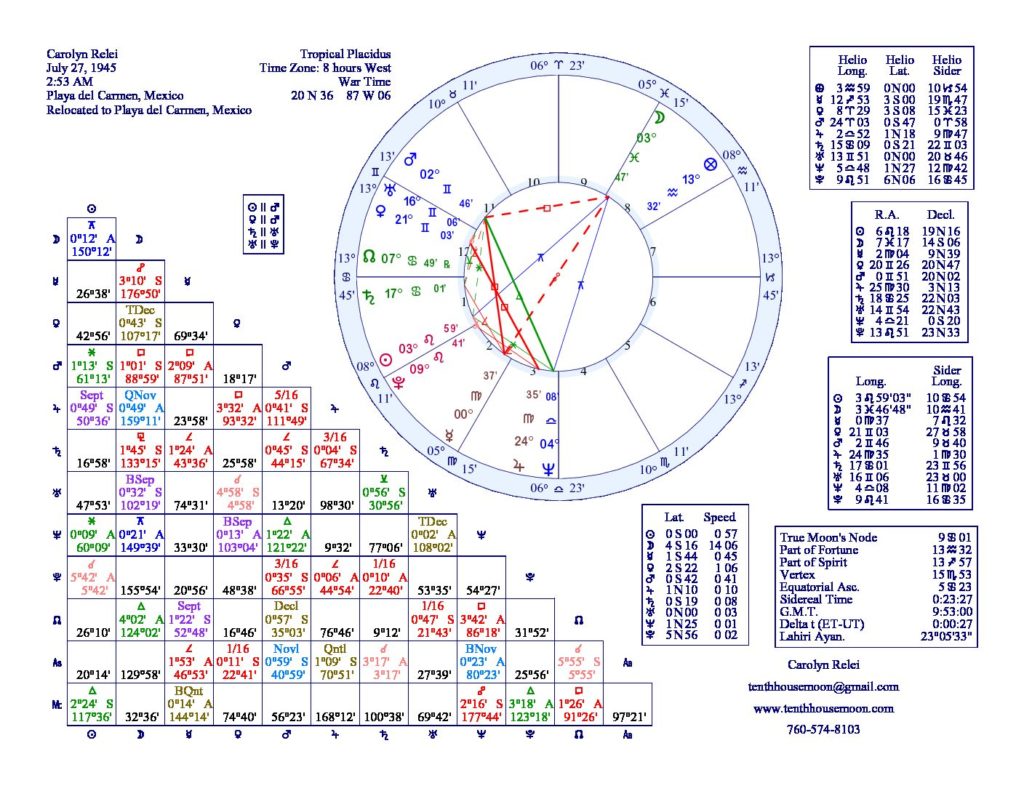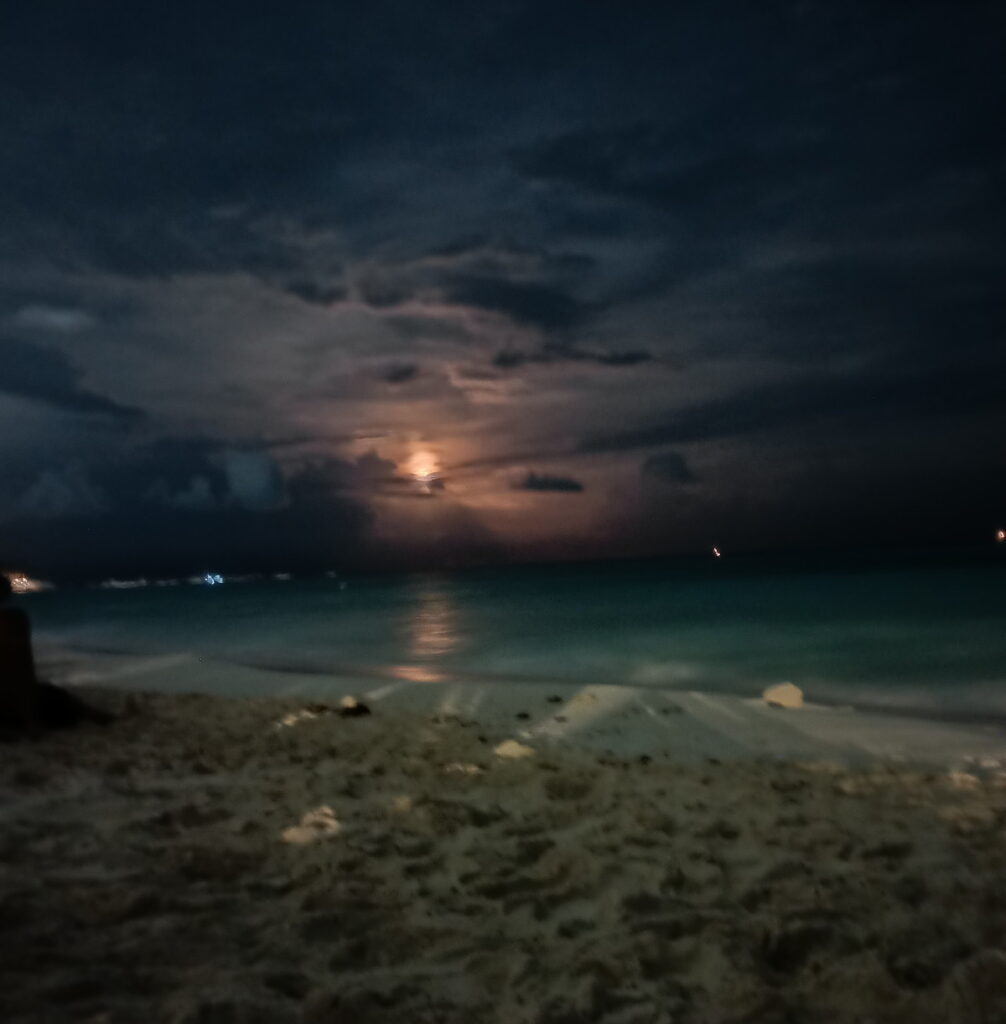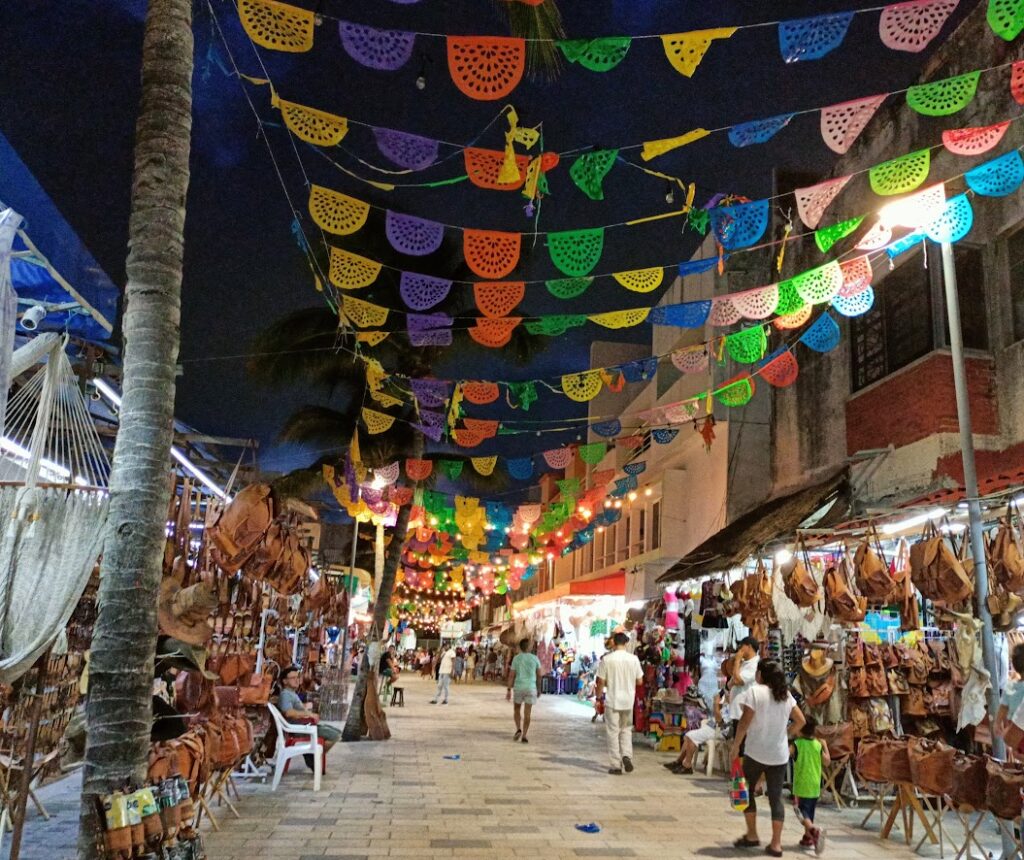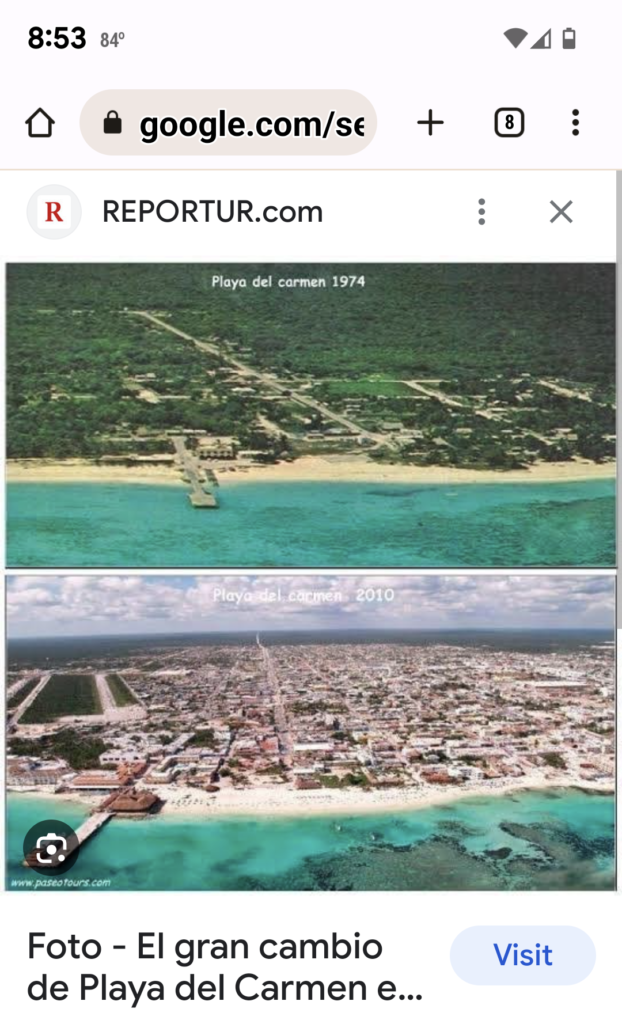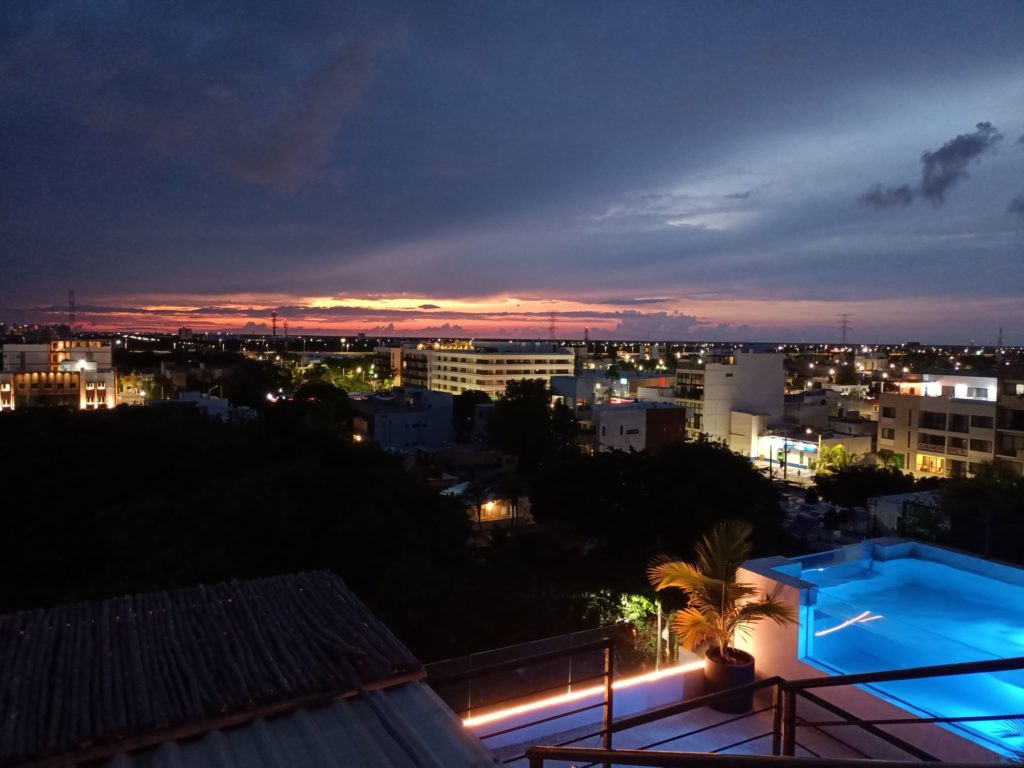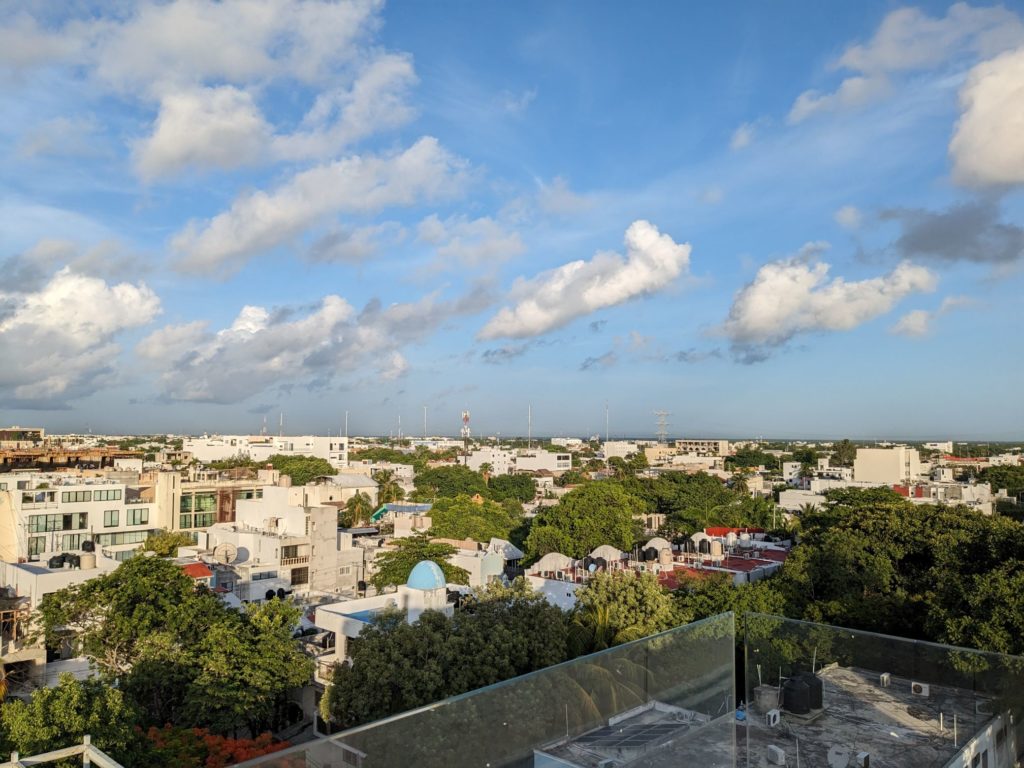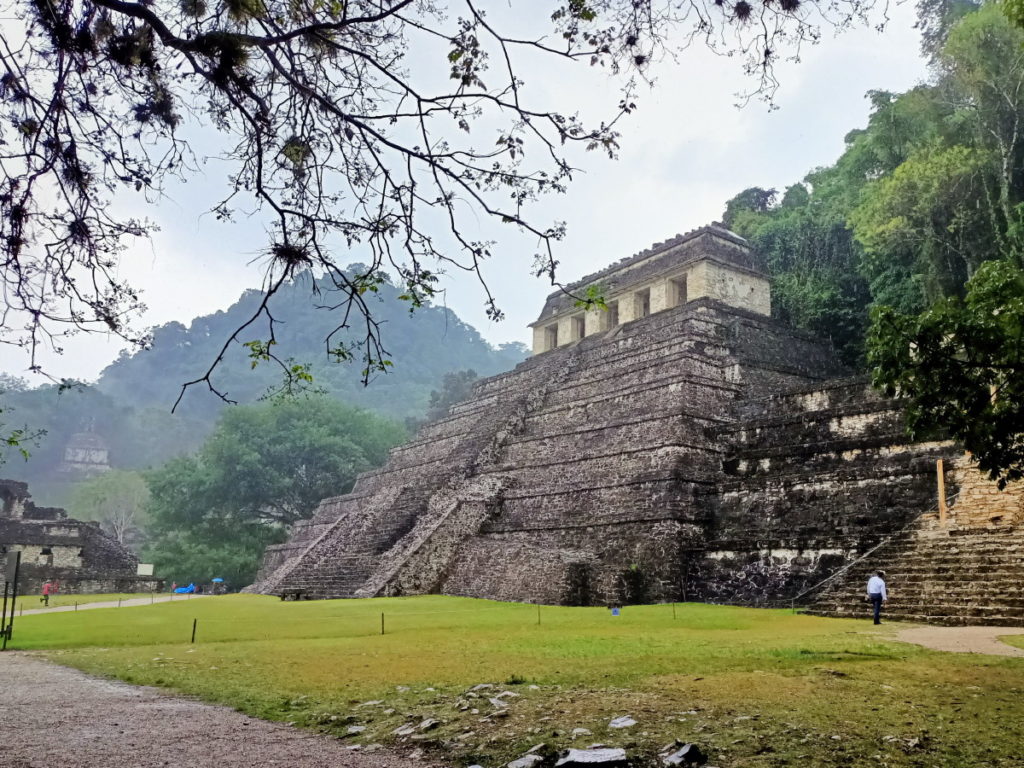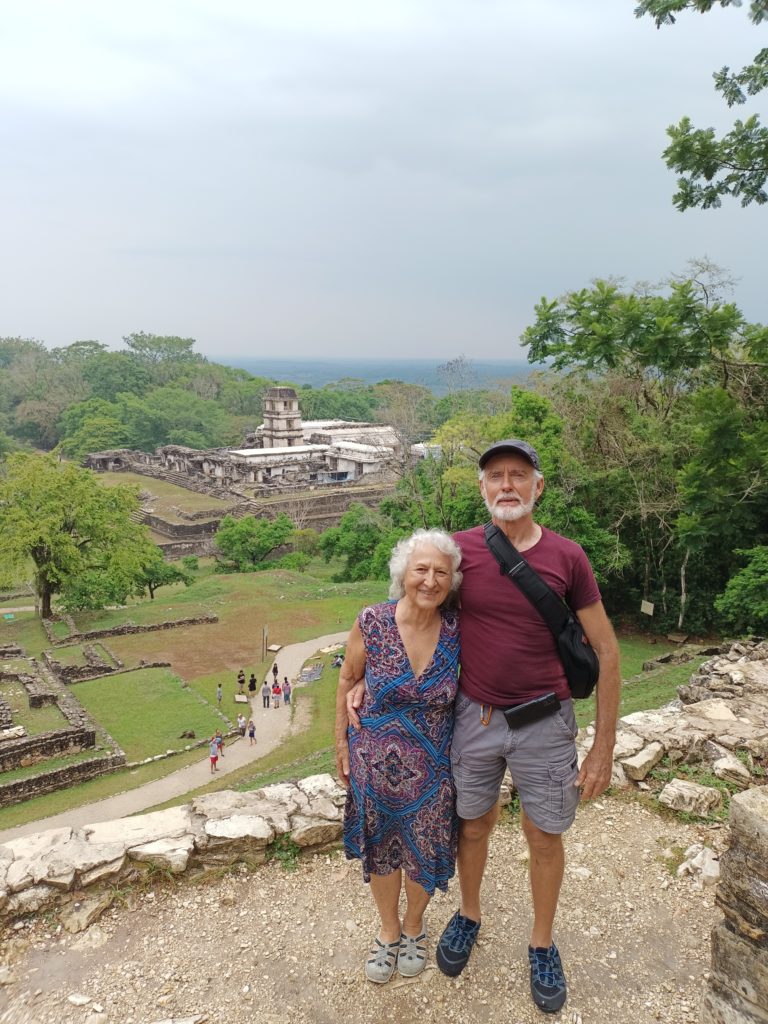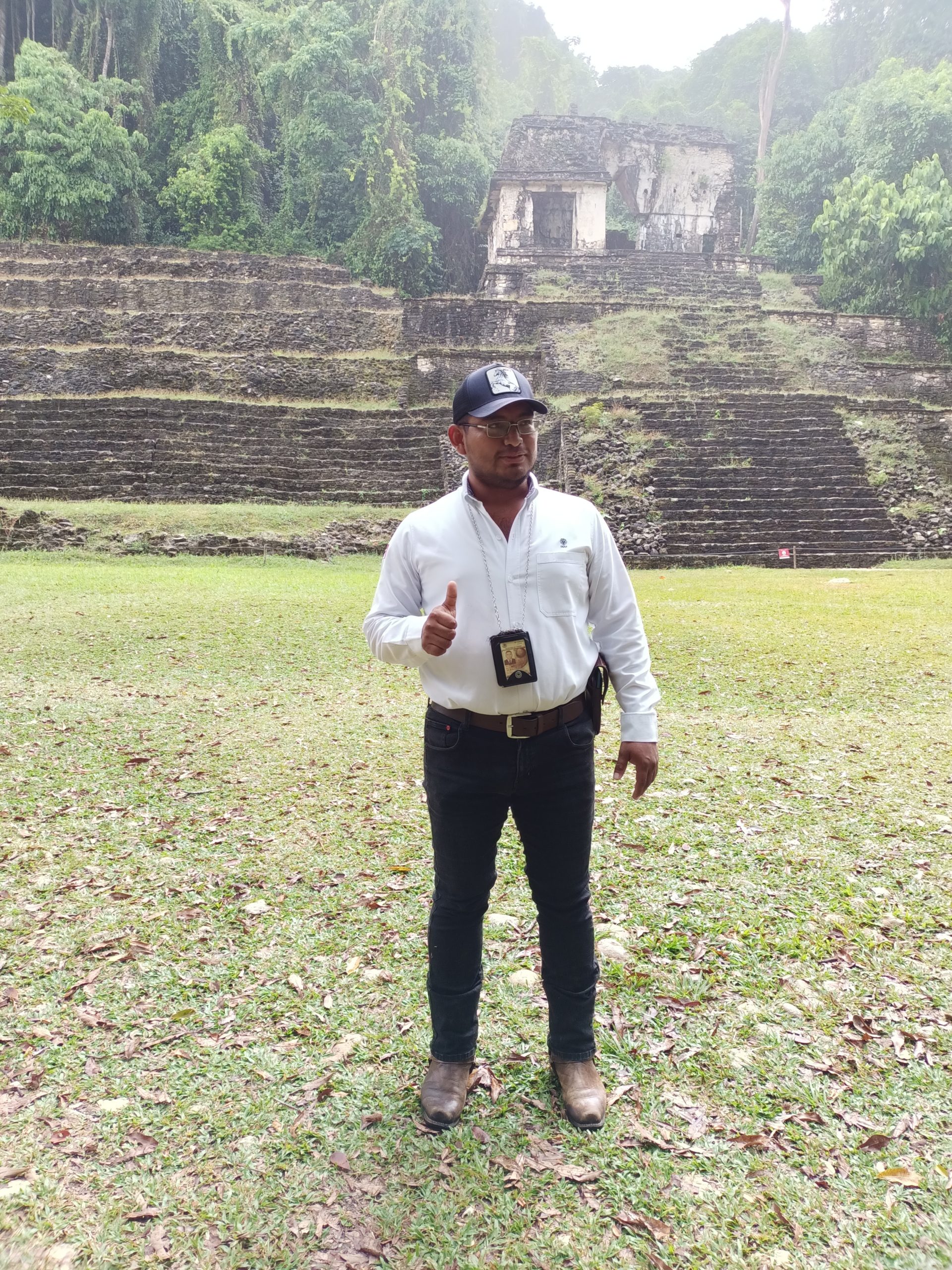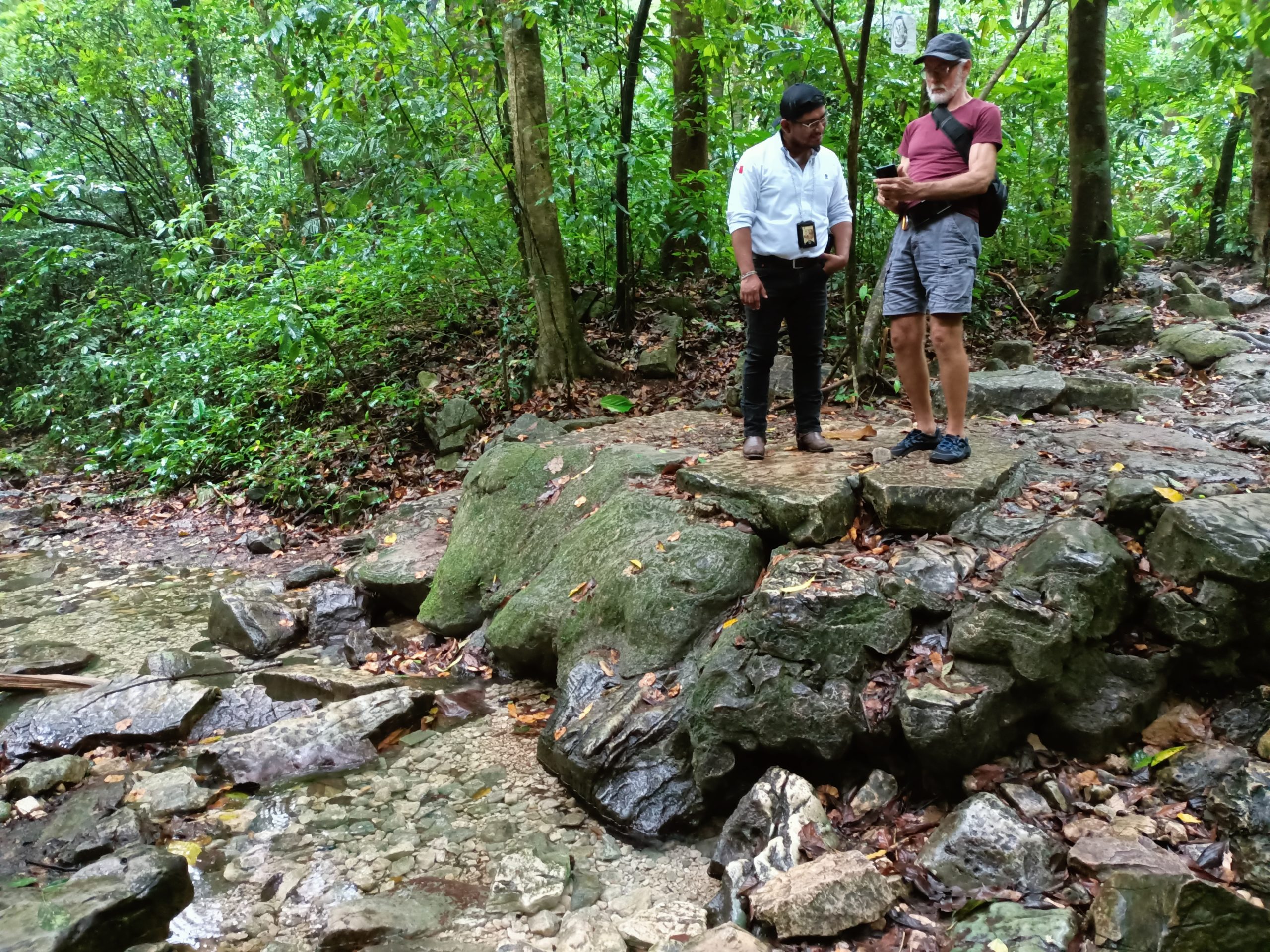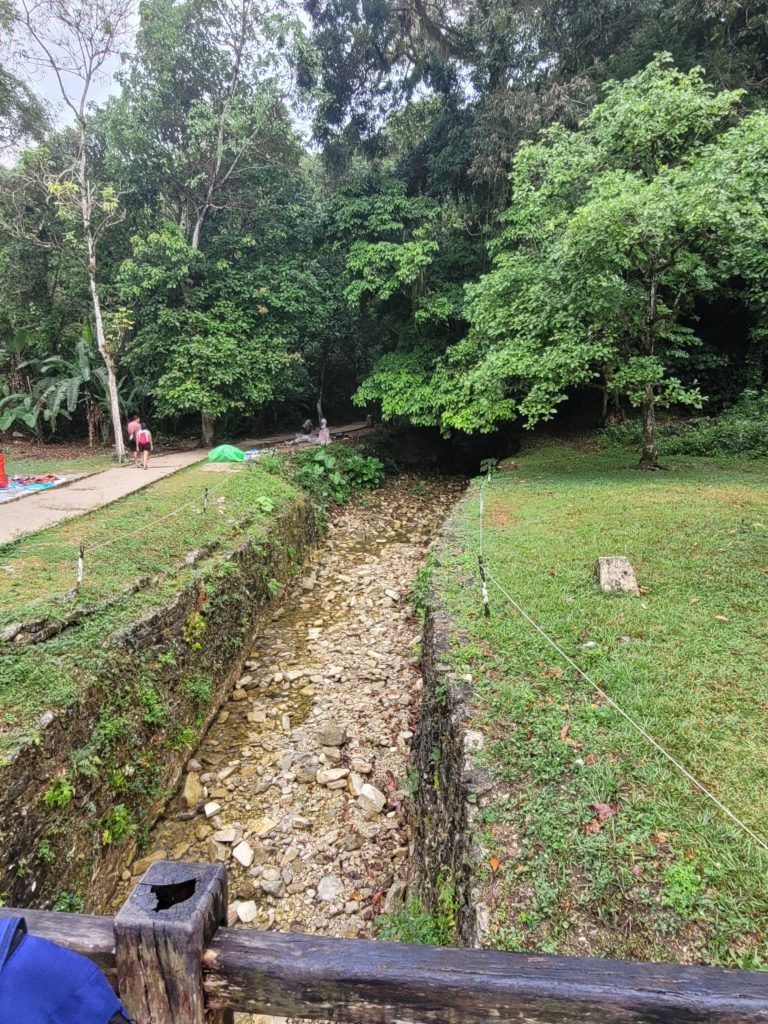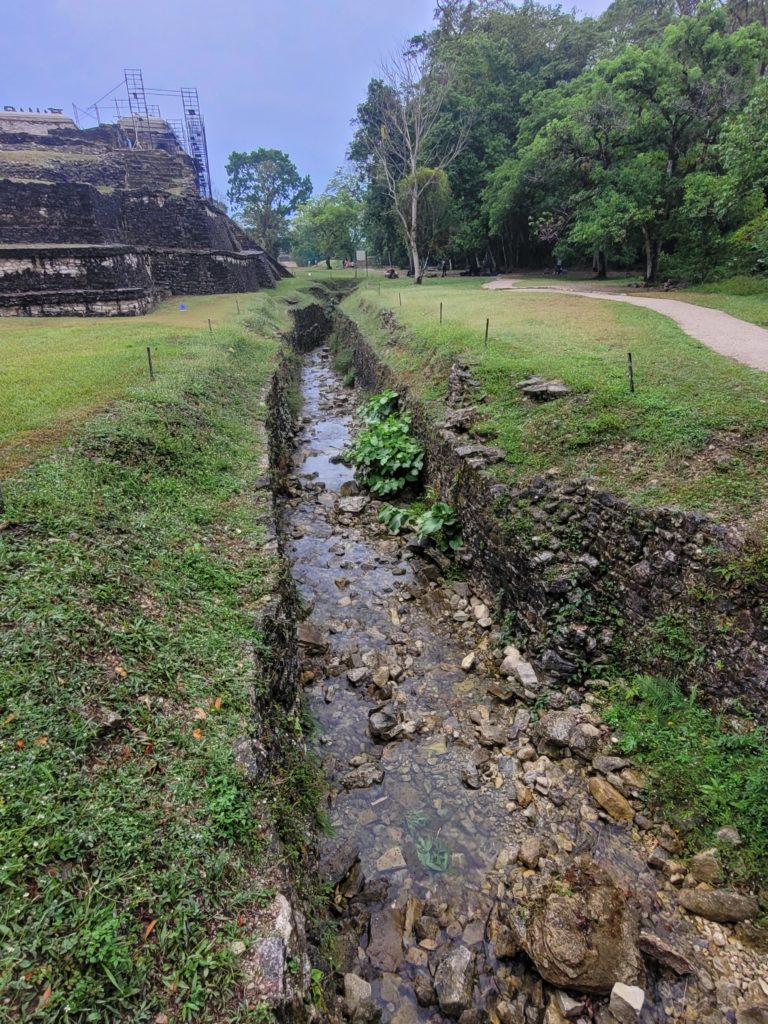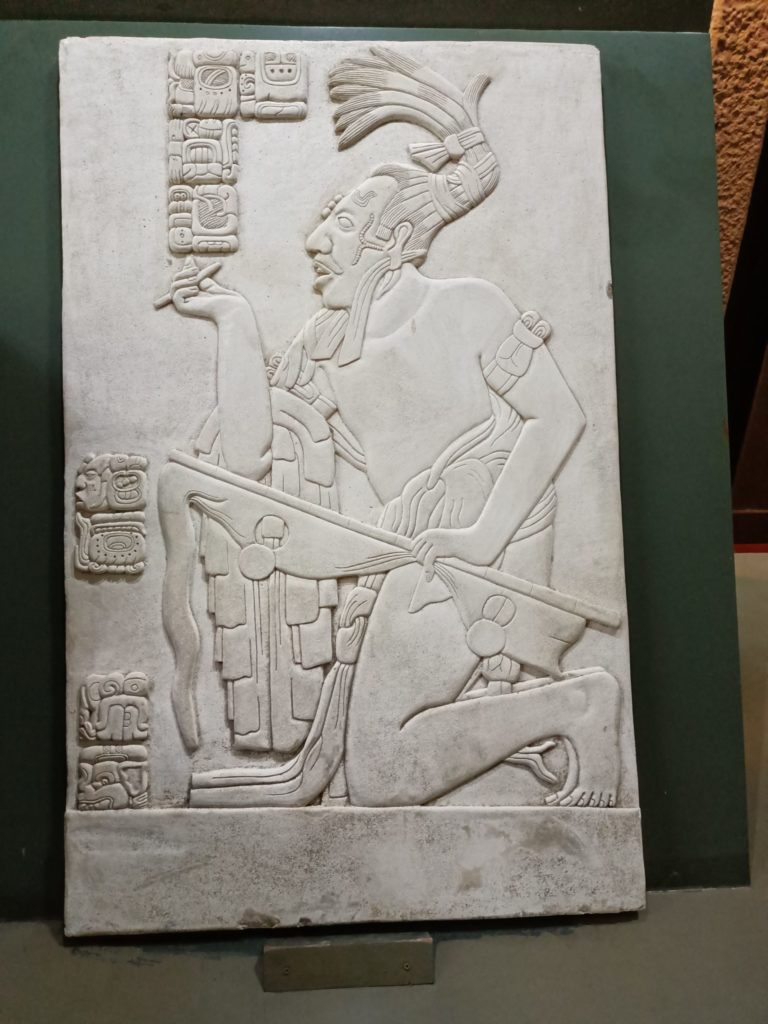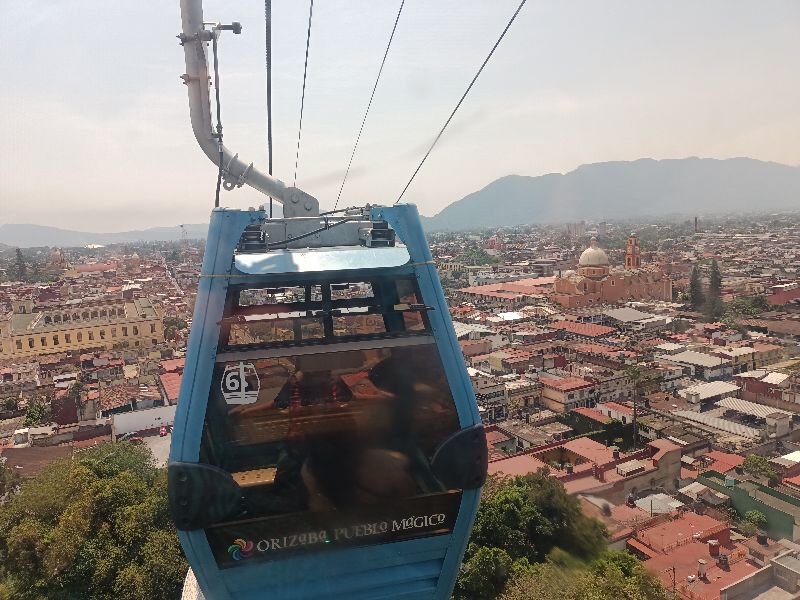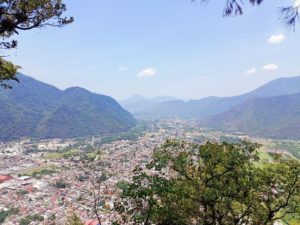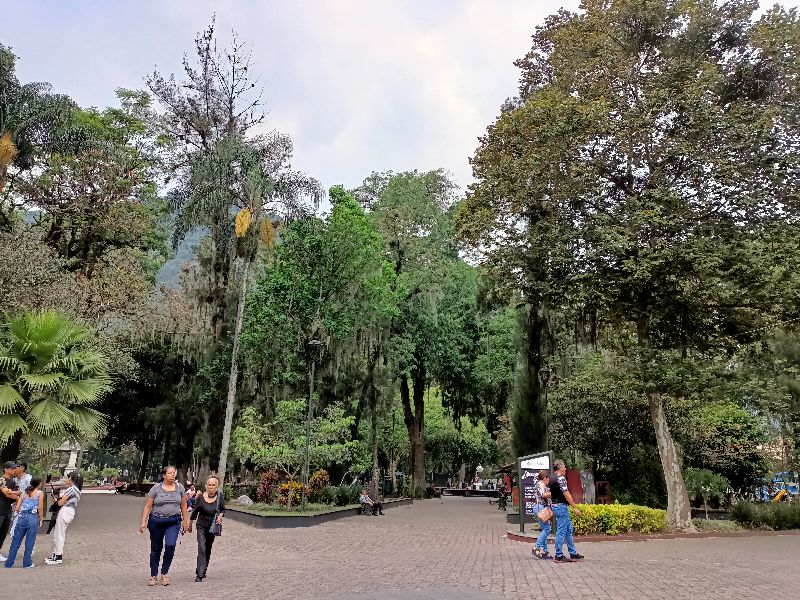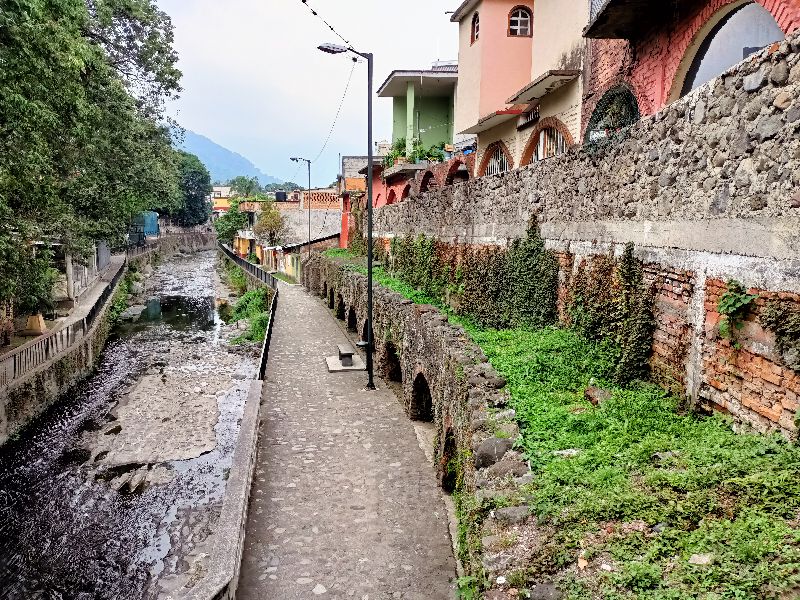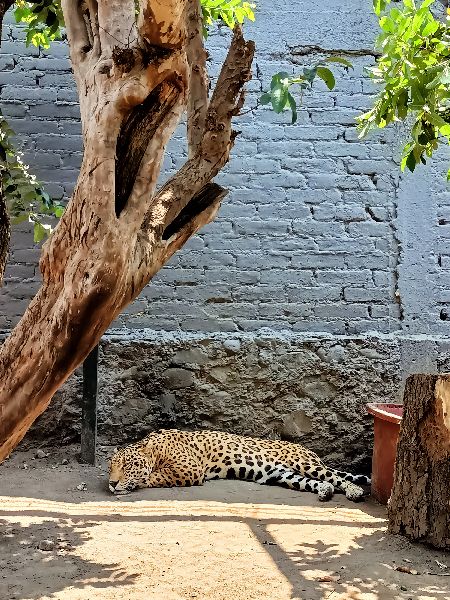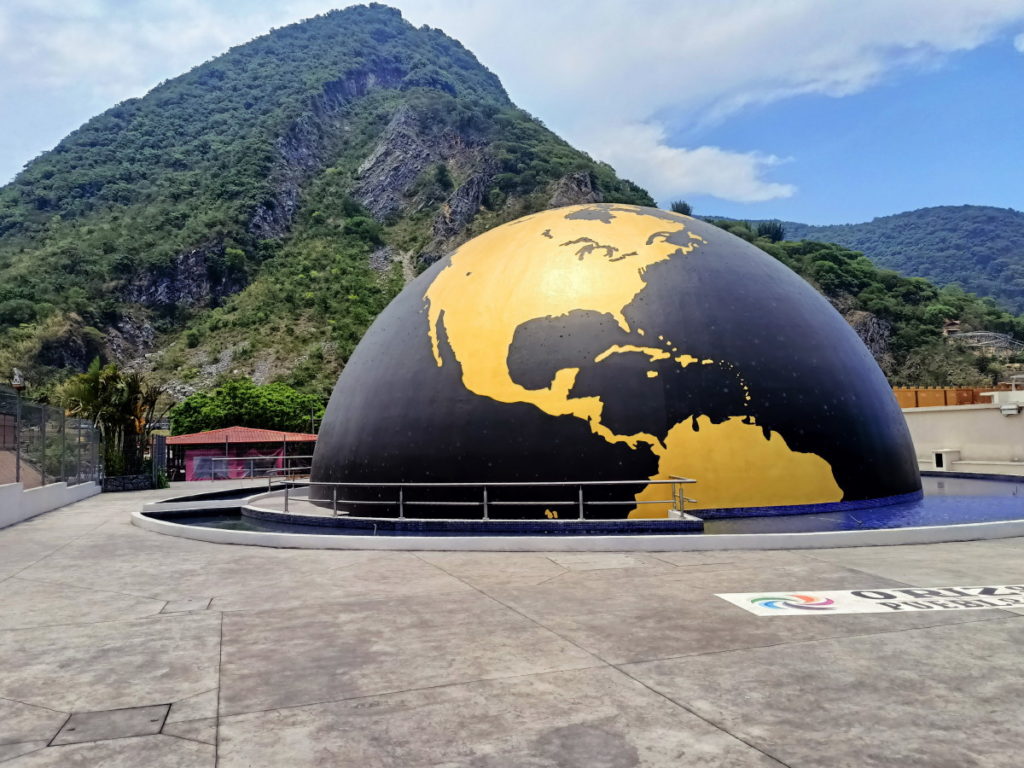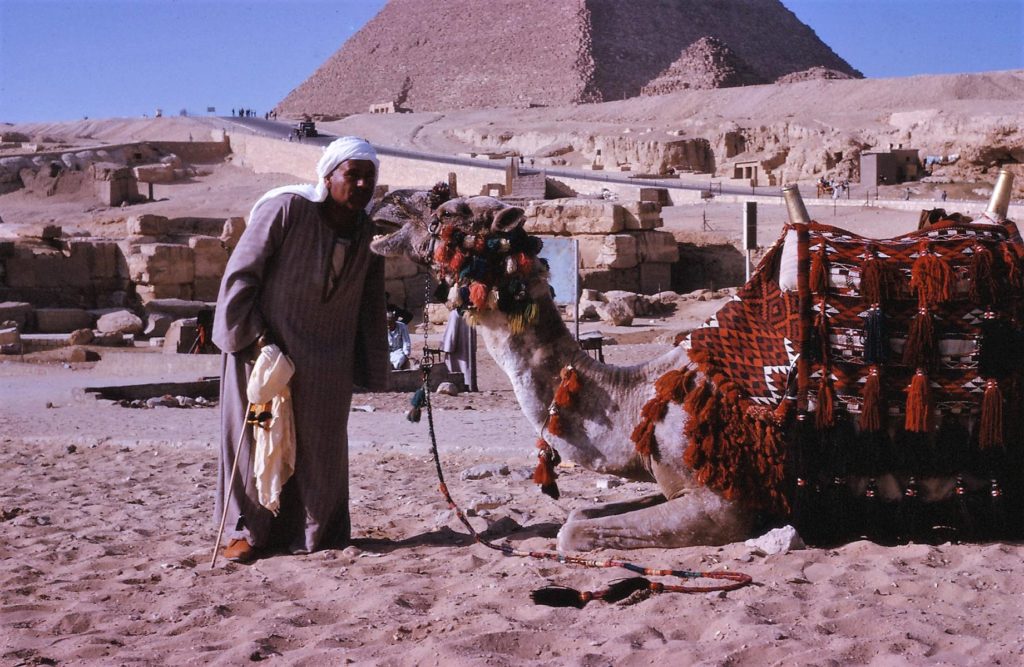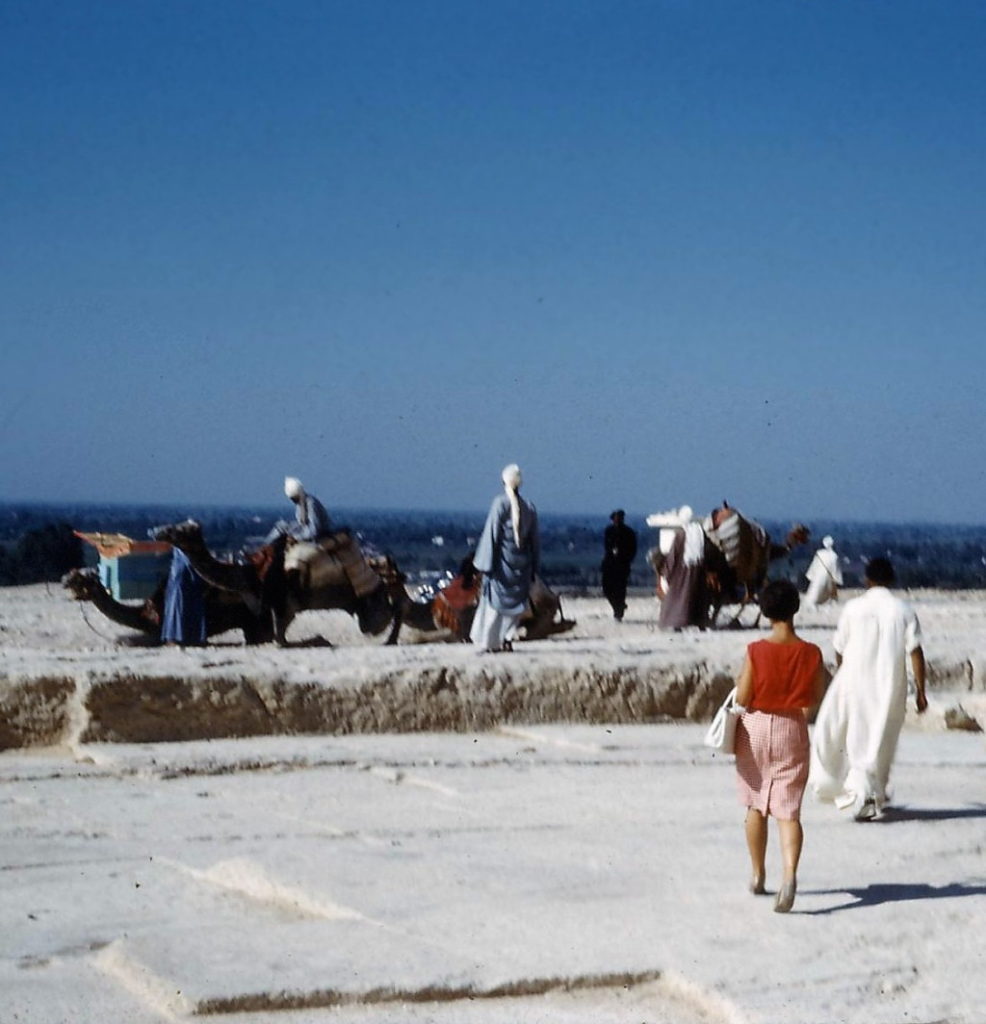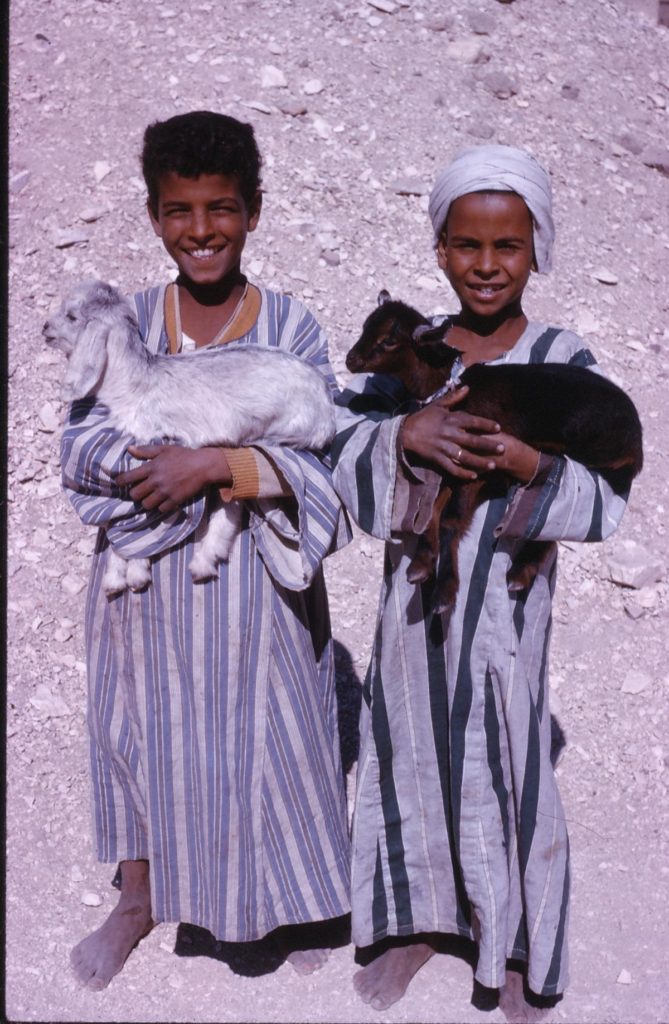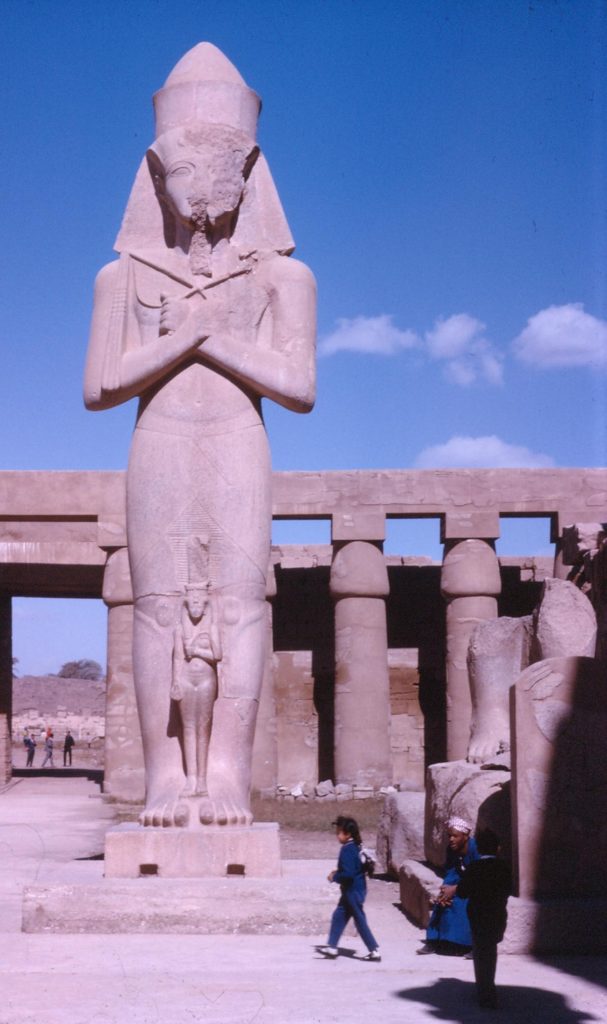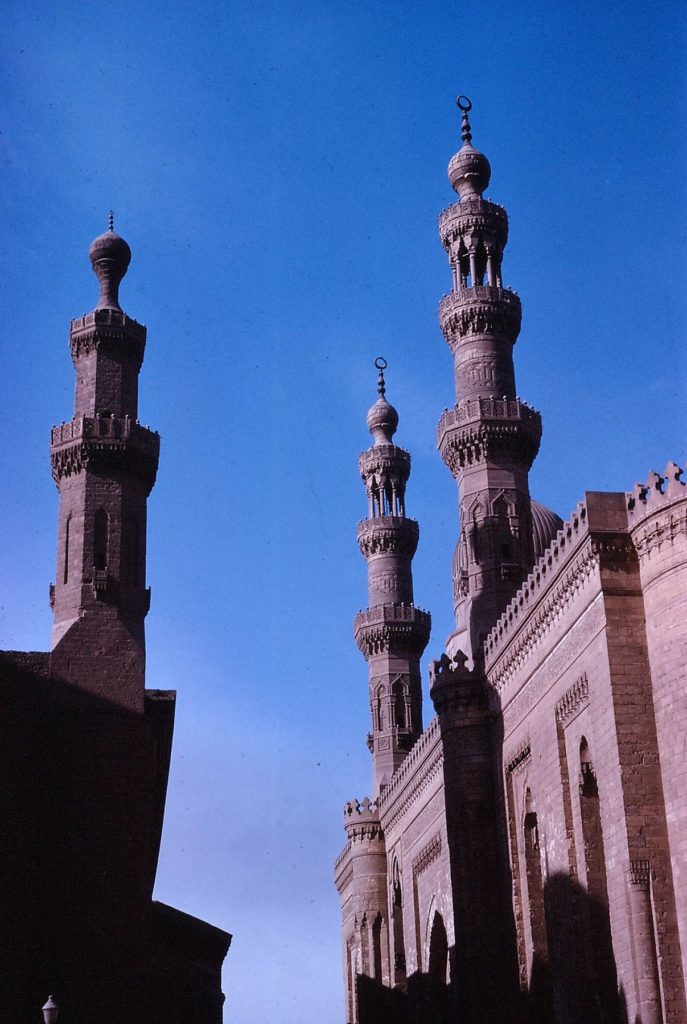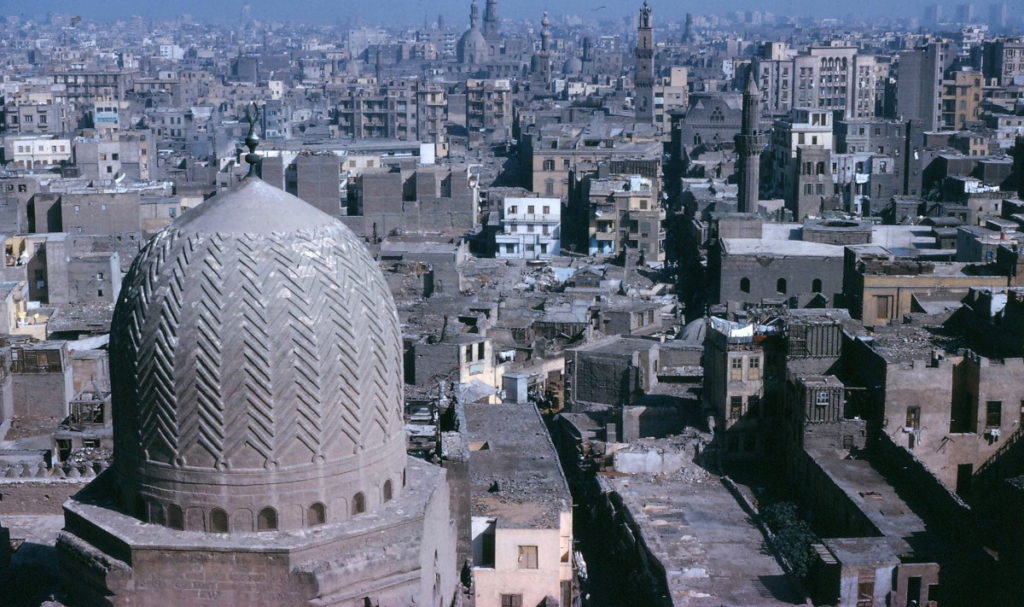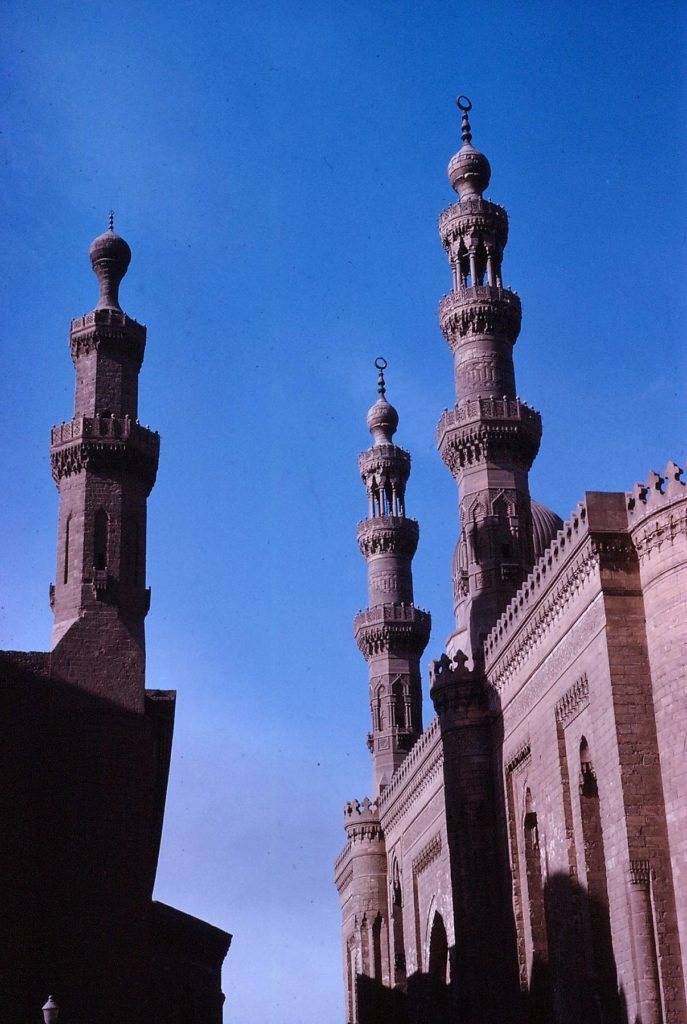The non-toll road has massive speed bumps!
Robert and I took the non-toll road to Izamal and it felt as if we were stepping back in time in the Yucatan. The non-toll road is slower going than the toll road and requires extra careful driving because of speed bumps on the road. These bumps, which are about 2 or 3 ft wide, several inches high, and cross from shoulder to shoulder, could do real damage to a car if approached too fast. They are not painted so they blend with the road top in most cases. They also are within towns as well as outside the towns. My guess is that as the towns grow along the highway, new bumps are placed near the city edge, while the old bumps, further within the town, remain. The towns have few cars, some motorcycles and there are people on foot or peddling tricycle carts.
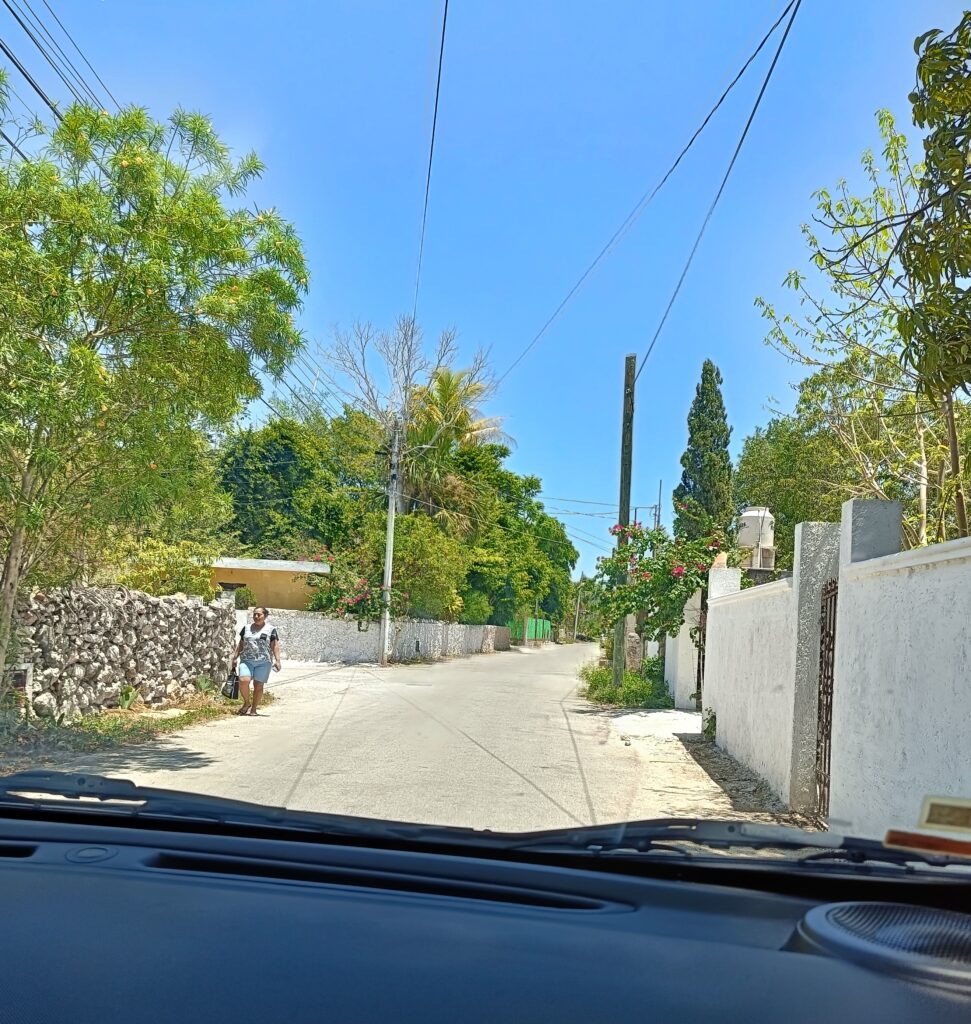
The little villages are worth a look!
The non-toll road is an interesting road because of the little villages and towns it goes through. Each village has a town square and a church, both of which are usually photogenic. The churches are still in use. Often a funeral, wedding or other personal and familial event is in process.
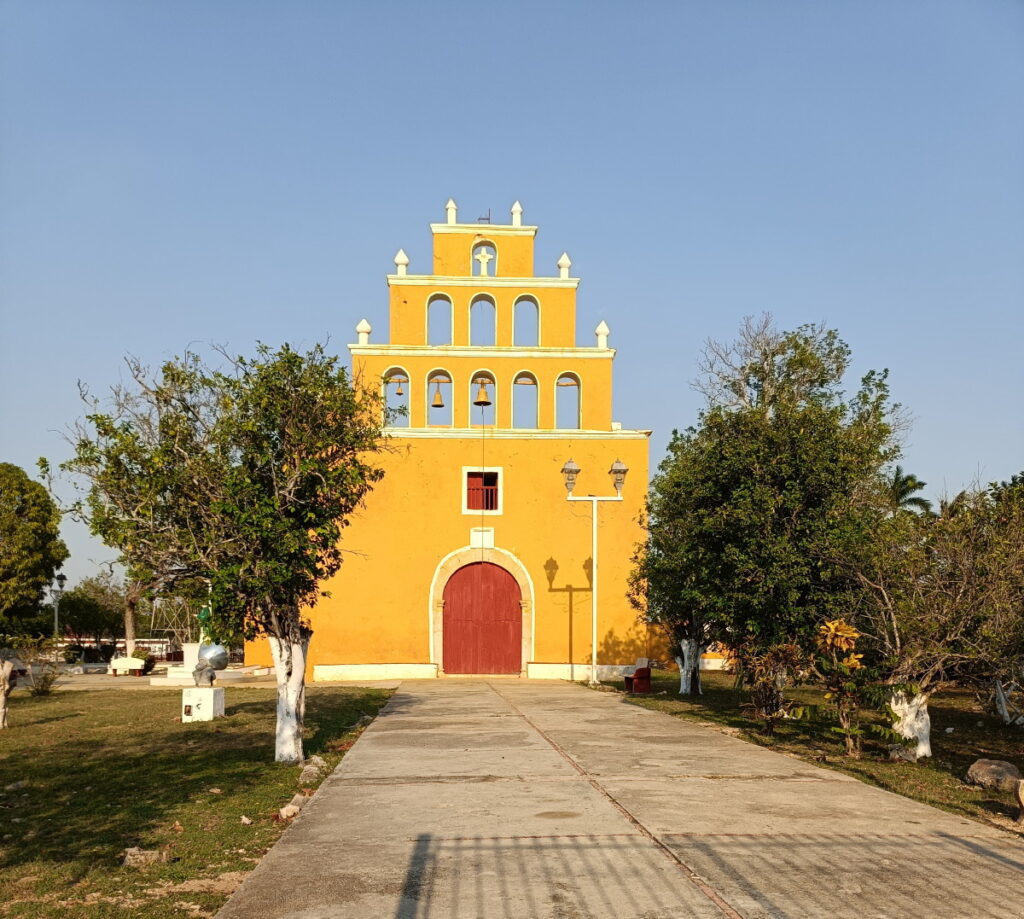
Baños (Sanitarios) Public Bathrooms
Something I hadn’t seen before in Mexico when traveling are the signs for baños or sanitarios on some of the stores along the highway. The signs mean that the store is offering a bathroom to the public. The few that I have availed myself of were clean. The charge for using the bathroom is usually less than ten pesos, often five or eight. So it helps to have some change in pesos in your pocket. Of course there are restaurants, taco stands, and handcrafts in almost every town.
Izamal is one of our favorite towns
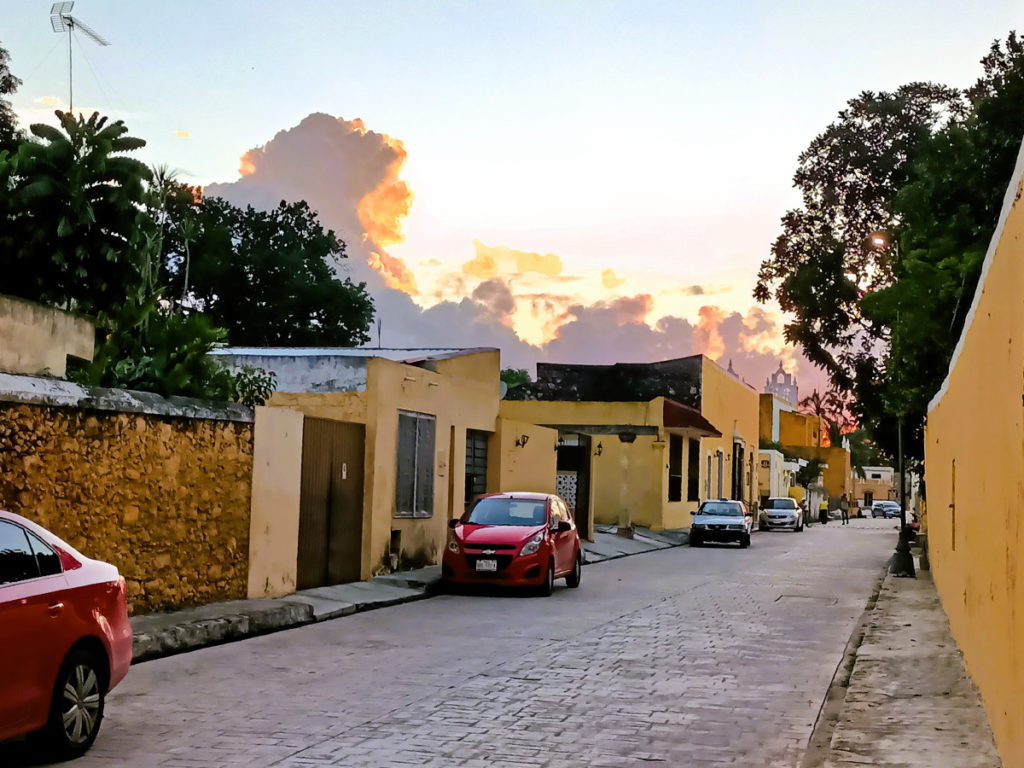
Named a Pueblo Magico because of its history and charm, Izamal is about an hour from Merida. Our first visit there was last fall. It’s a very peaceful place to stay, there are good restaurants and the people seem to be very welcoming. Actually it’s one of the favorite places we have visited on this three year journey in Mexico. For the time being, it is clean, quiet and not crowded, but I think it will become very popular now that the Maya train stops there. Once tourists discover its quaint charm, its good food, friendly people and the very big pyramids (big, though not really tall), it surely will grow.
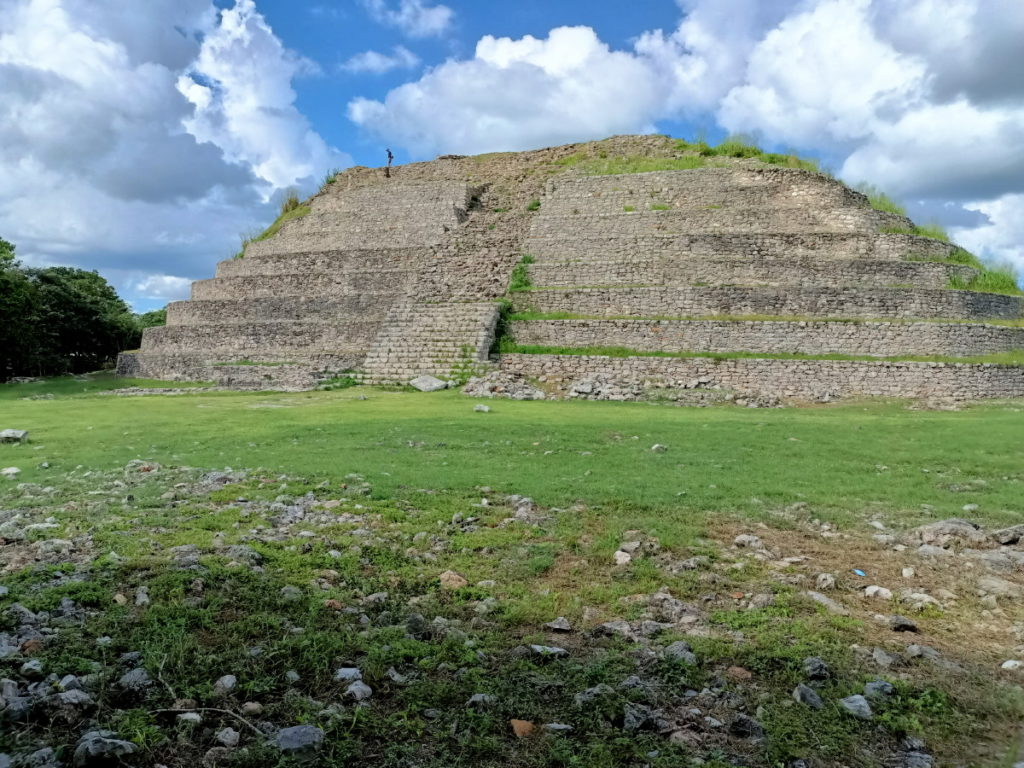
Xcambo Archaeological Site
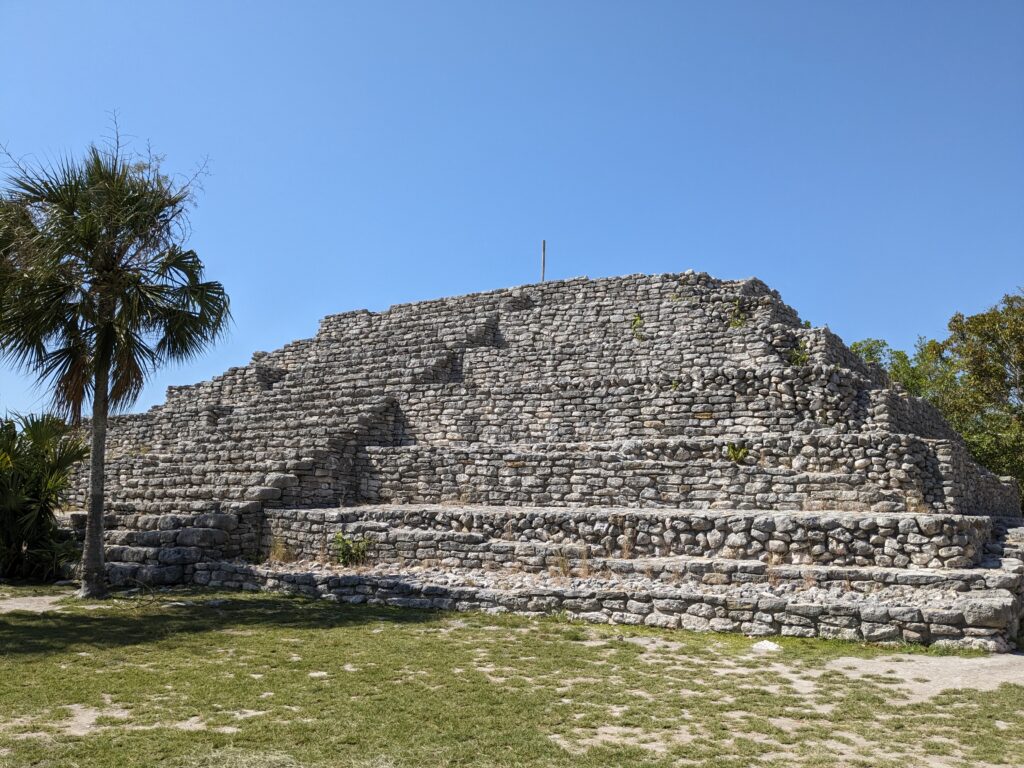
From Izamal we drove to visit the Xcambo ruins near the coast on the northern side of the peninsula. My understanding is that this city of the long ago past was situated and successful because of the nearby salt flats and consequent trade in salt. While the reconstructed buildings aren’t big, intricately decorated or as grand like those at Uxmal or Chichen Itza, the site was more extensive that I expected and there are several building groups to explore. There is also the shell of a church, built right on a Mayan structure, obviously an effort of the Spaniards to overcome any lingering vestiges of the religious sensibilities of the Maya inhabitants there.
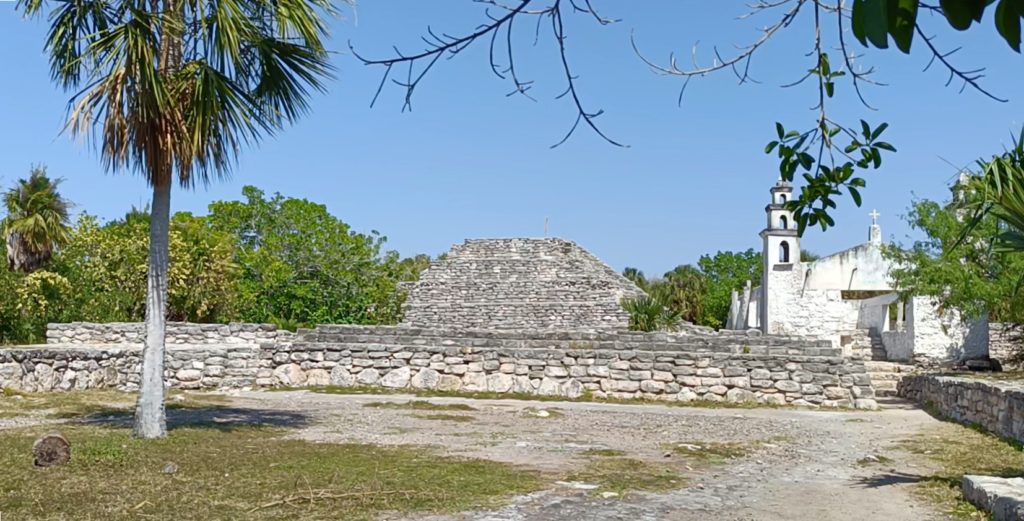
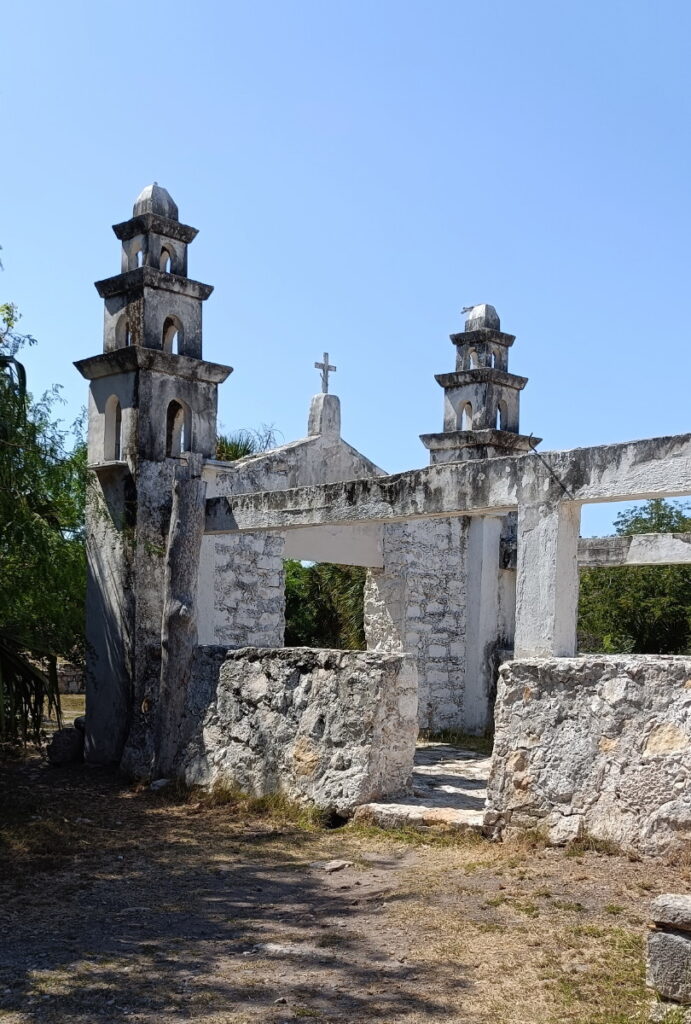
Mosquitoes cut short my enjoyment of the site, though, as I hadn’t applied repellent before I arrived and they got me!
Sidewalks and Sacbes
The drive from Izamal took us through several small Maya towns. We noticed that the towns all had raised sidewalks. The sidewalks reminded us of the Maya sacbe ruins we have seen that once upon a time connected the ancient Maya towns to one another. We’ve seen vestiges of sacbes (sacbeob) at several sites. There is one, apparently, at Xcambo as well. In contemplating sacbes in the Yucatan, I think about the downpours of rain in this region and how this civilized people, the Maya, would have desired raised roads or sidewalks to keep their feet out of the muck.
